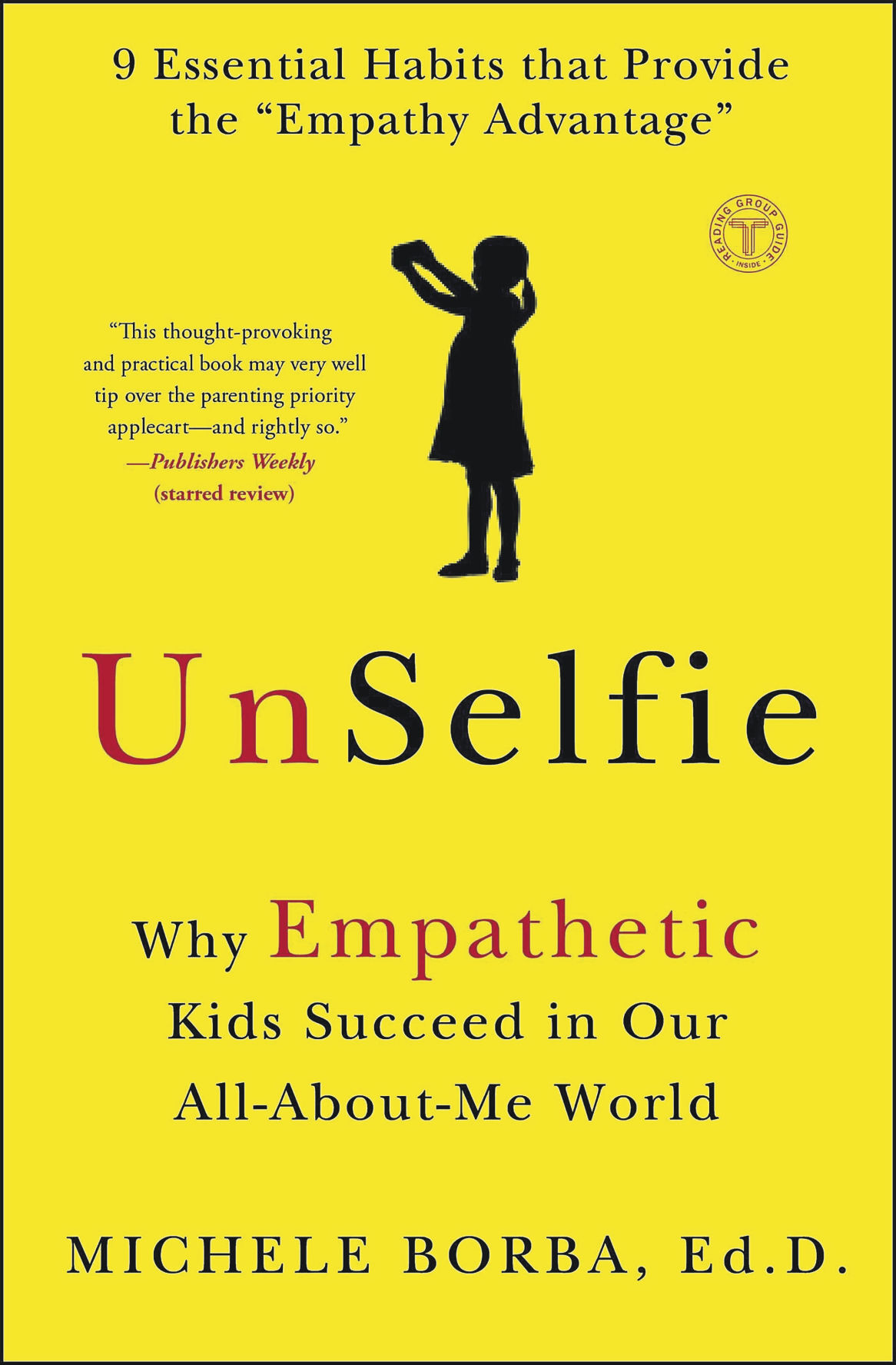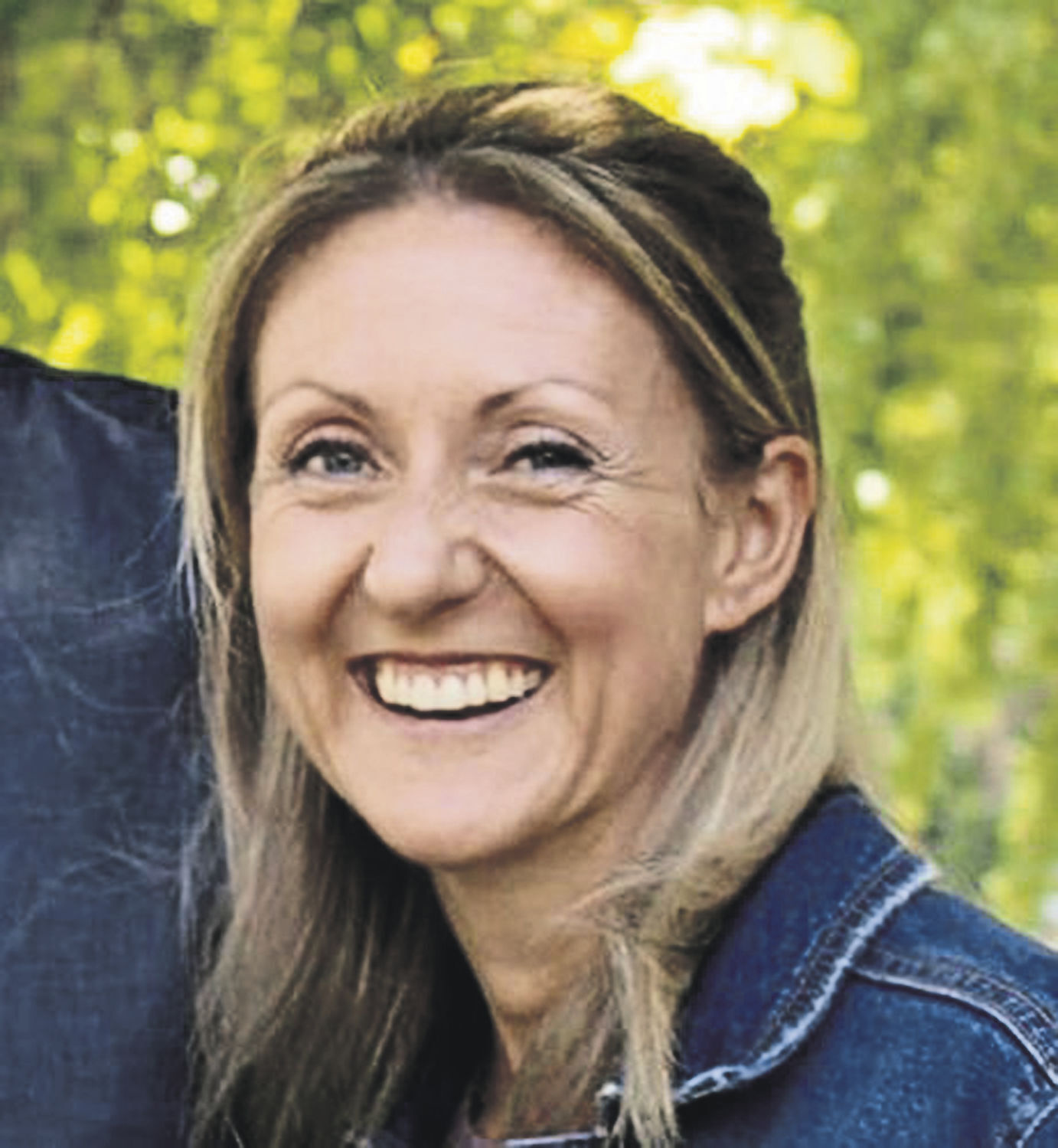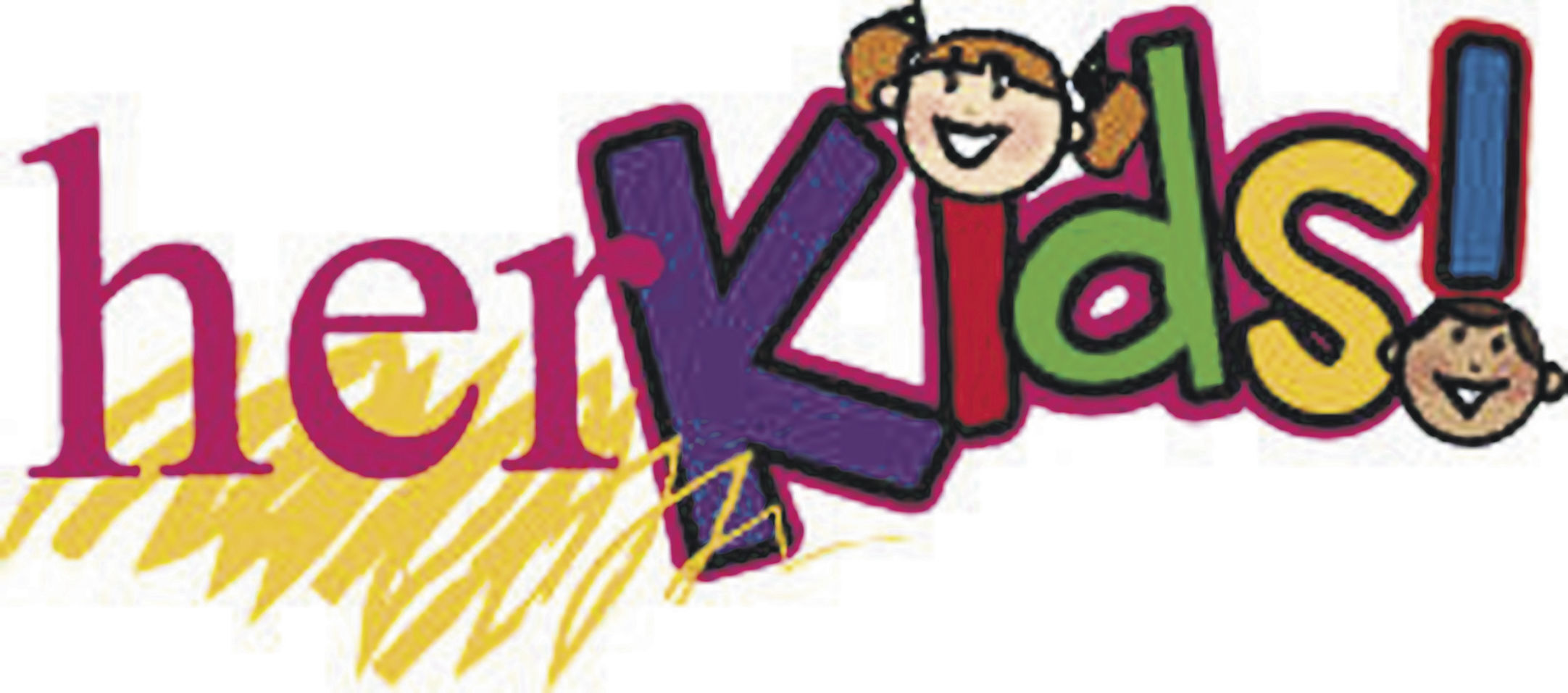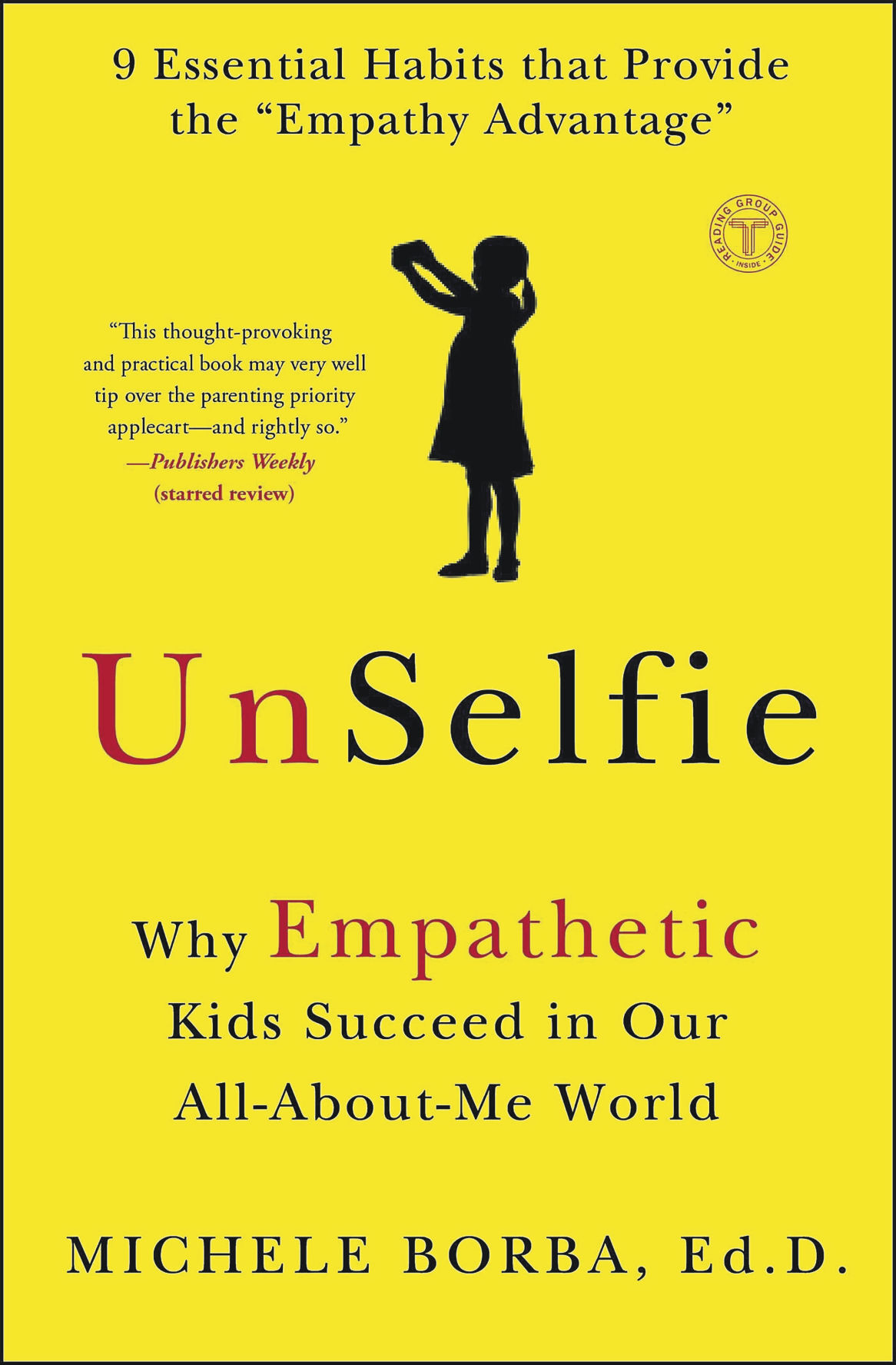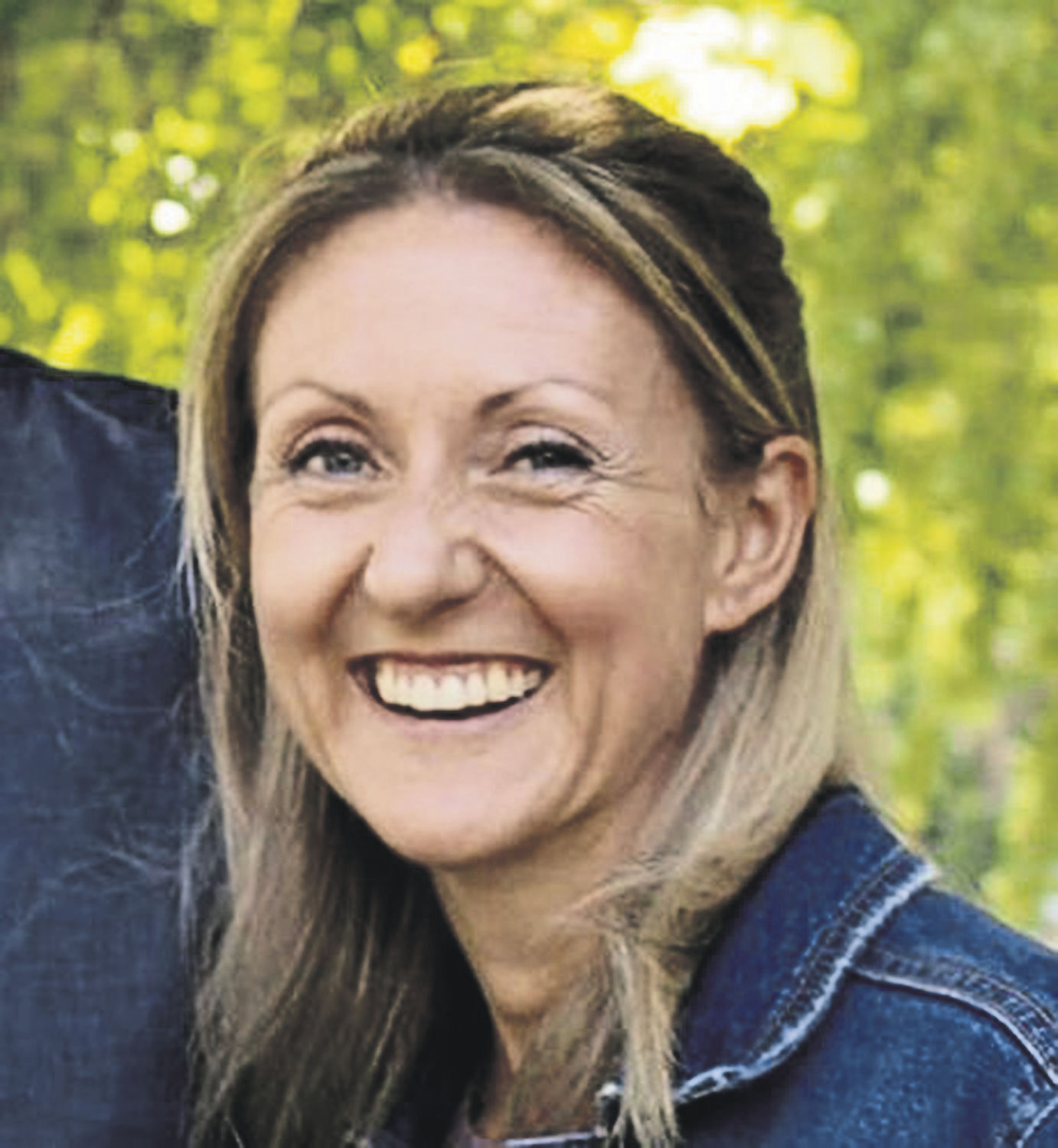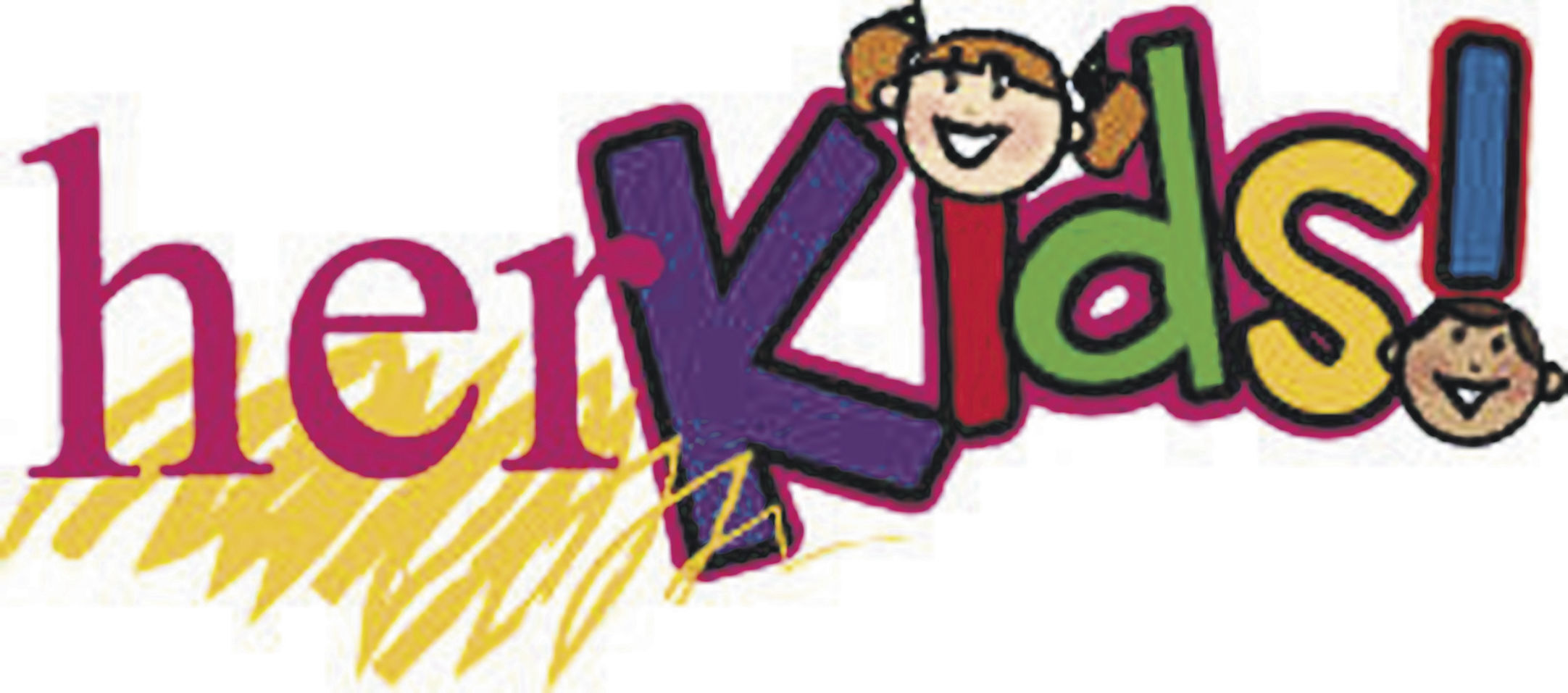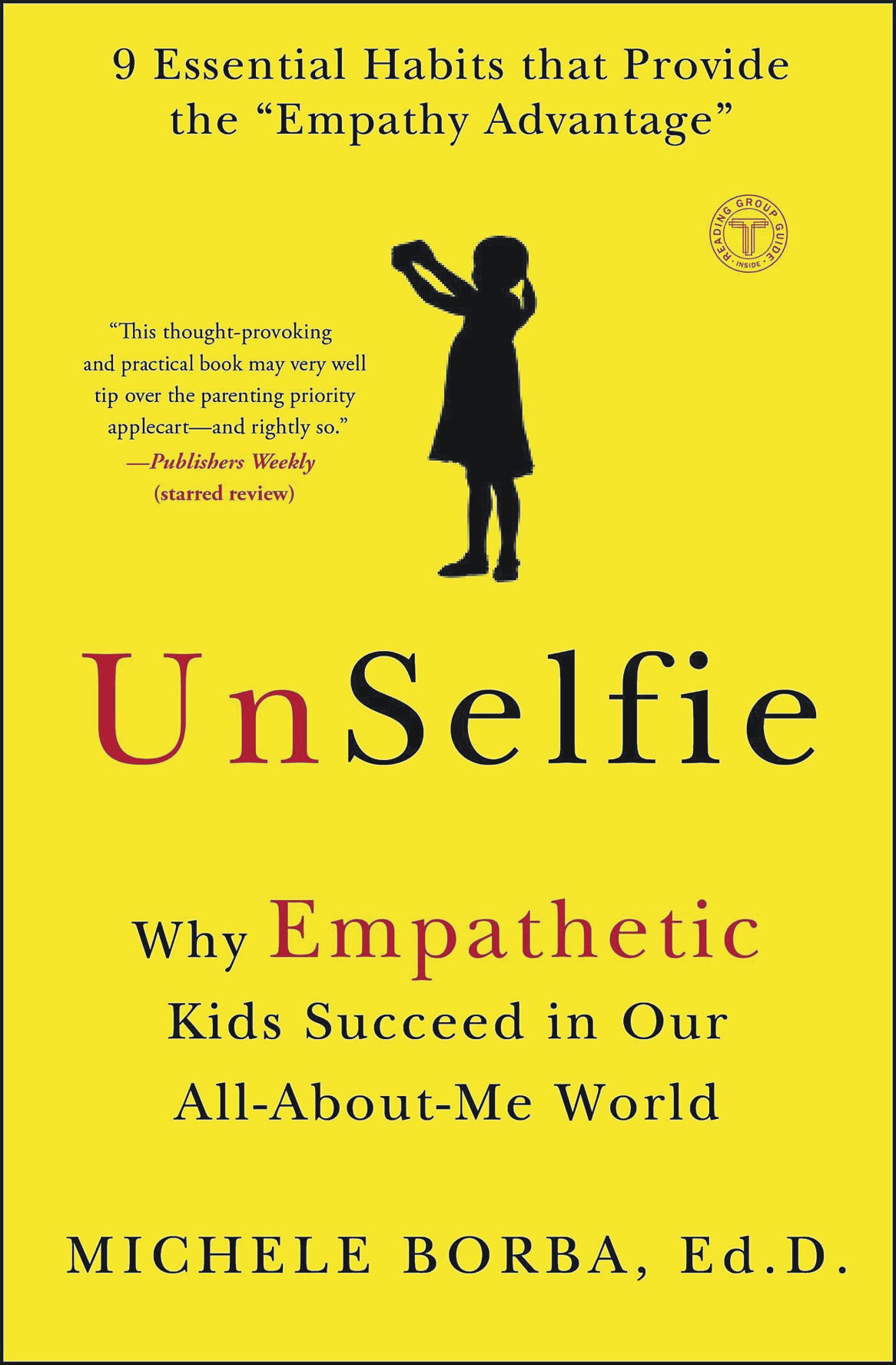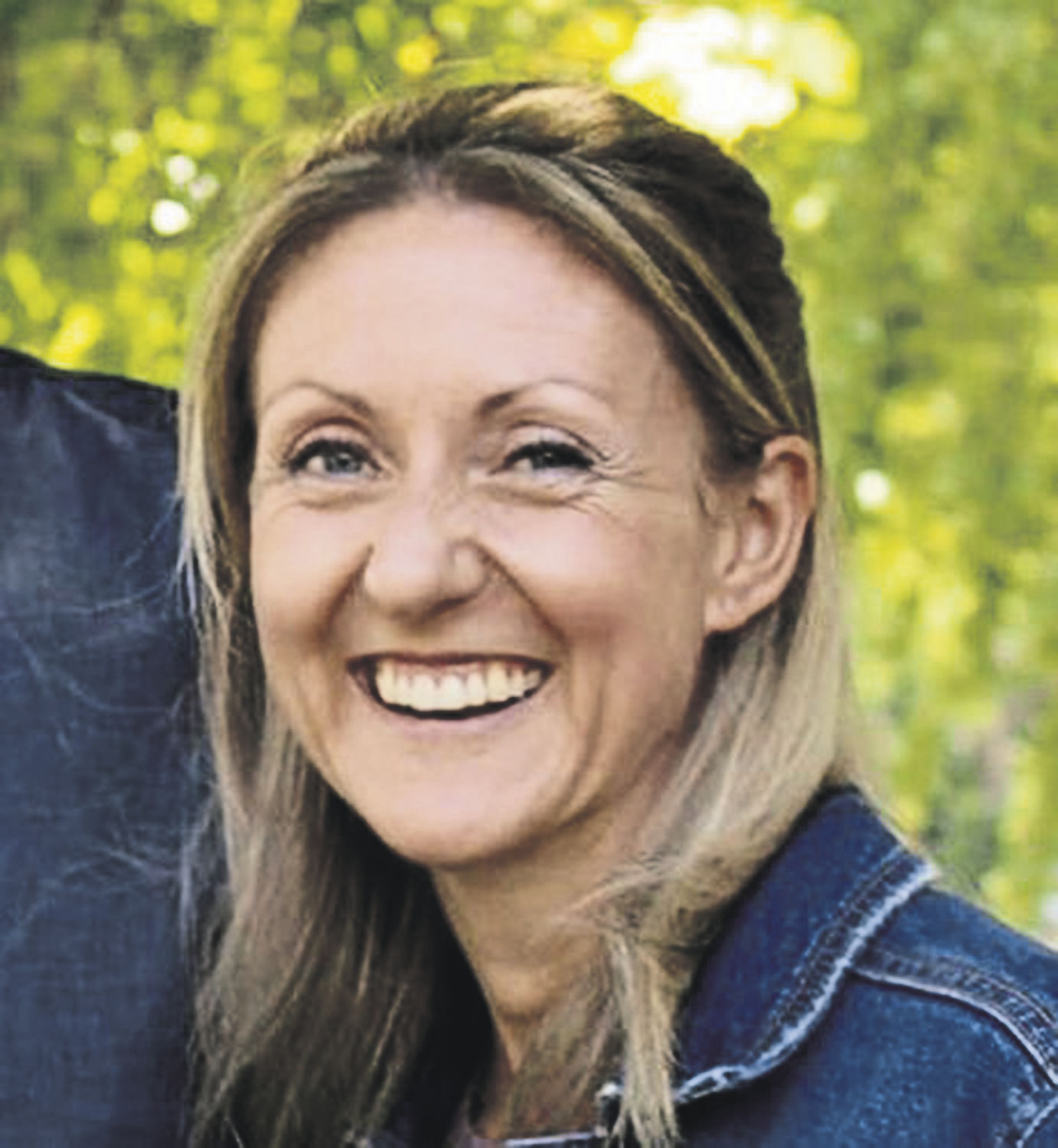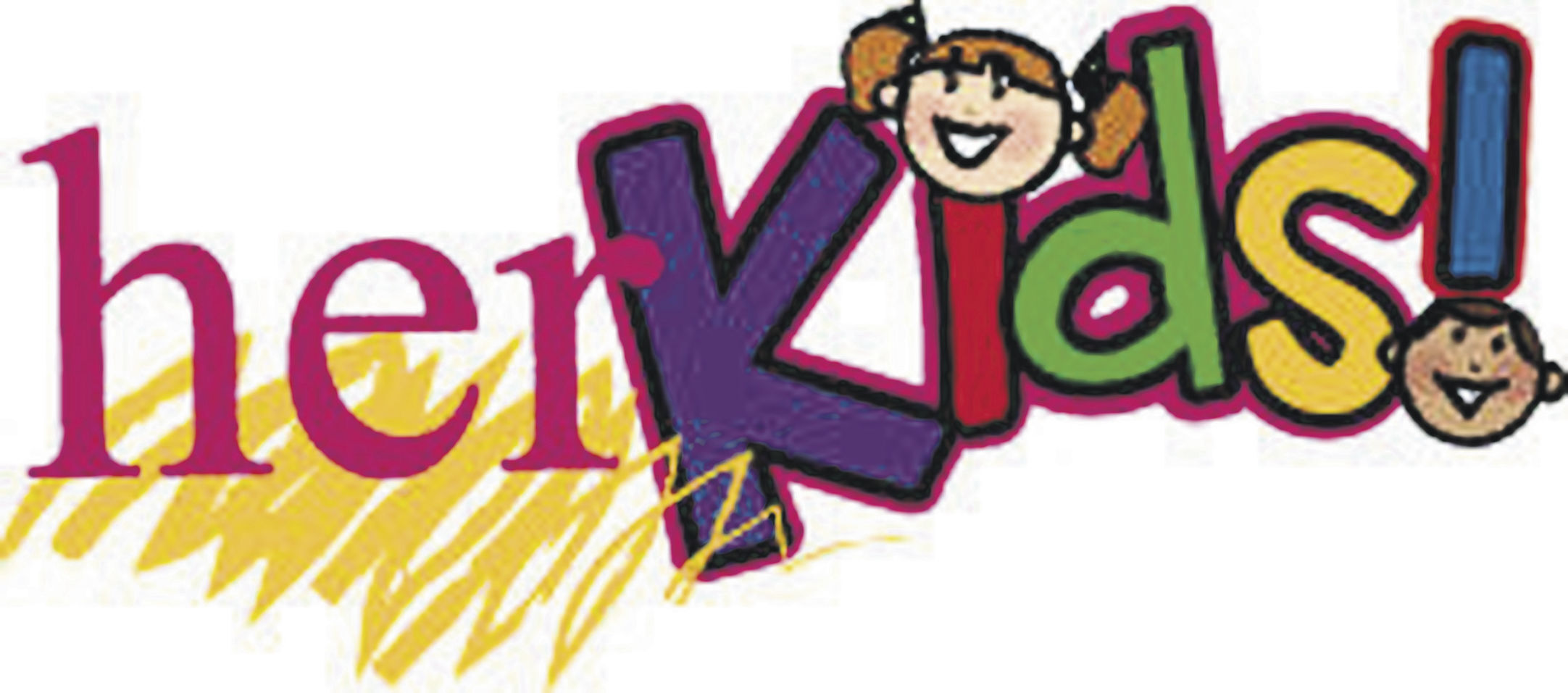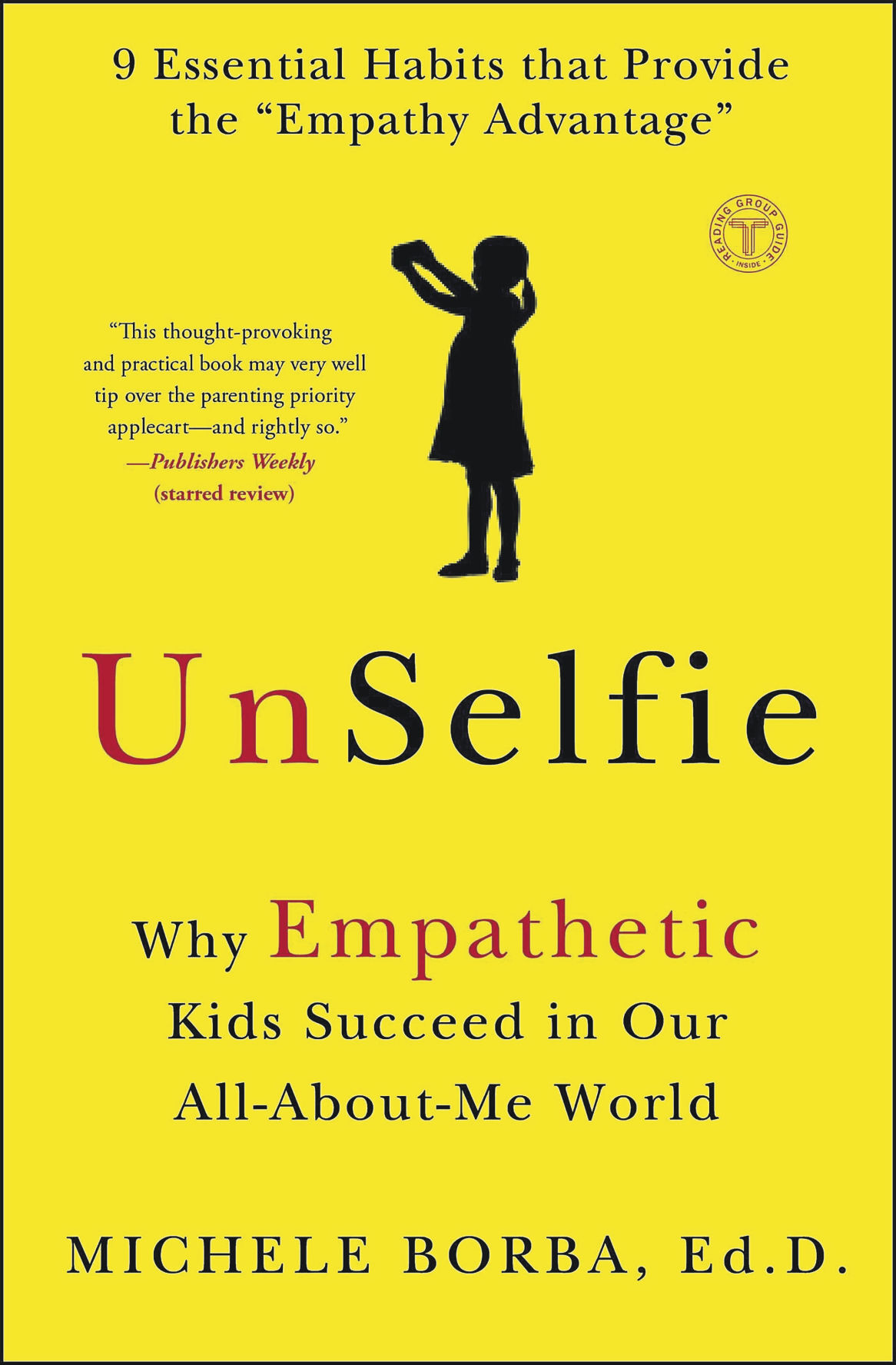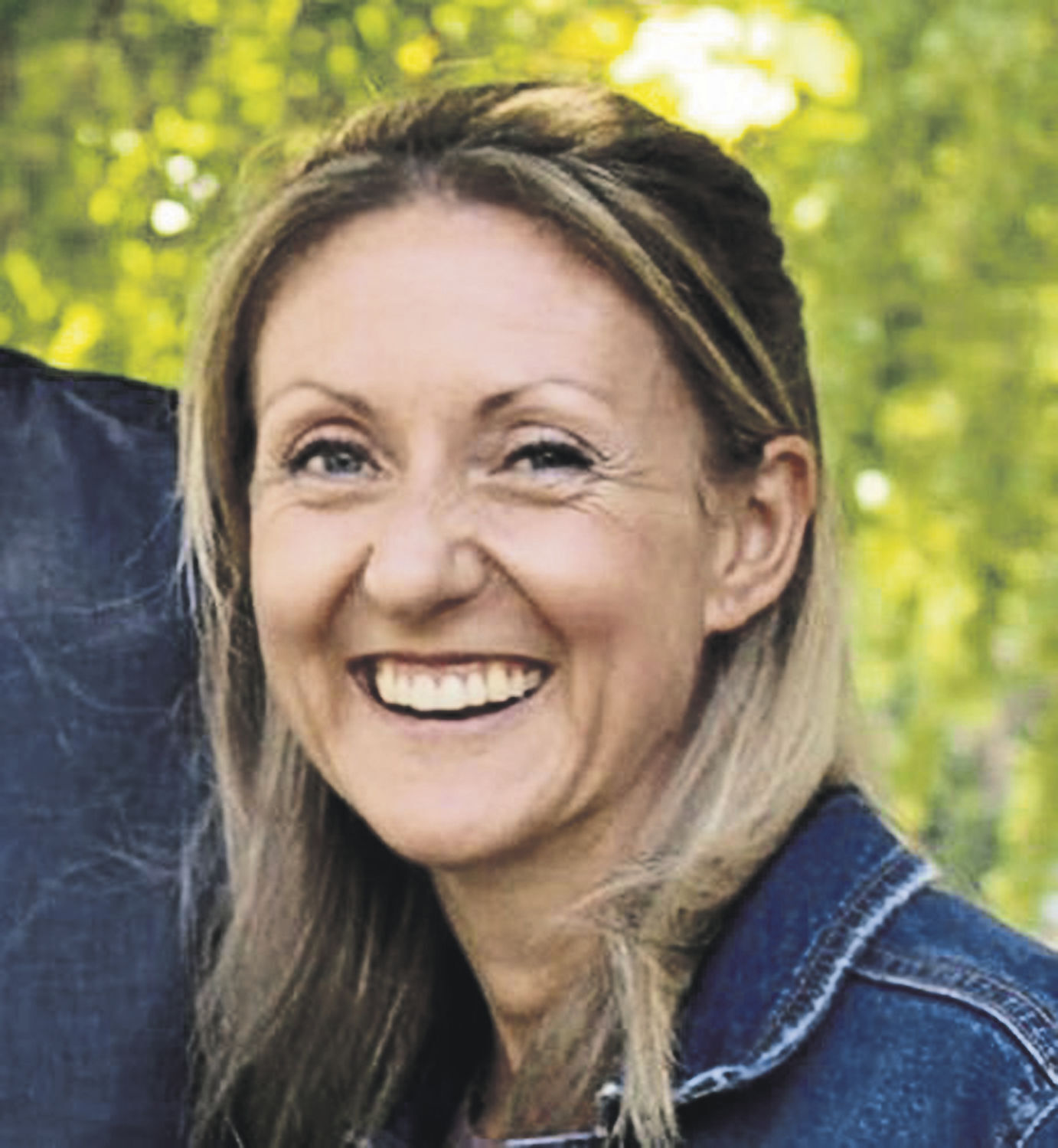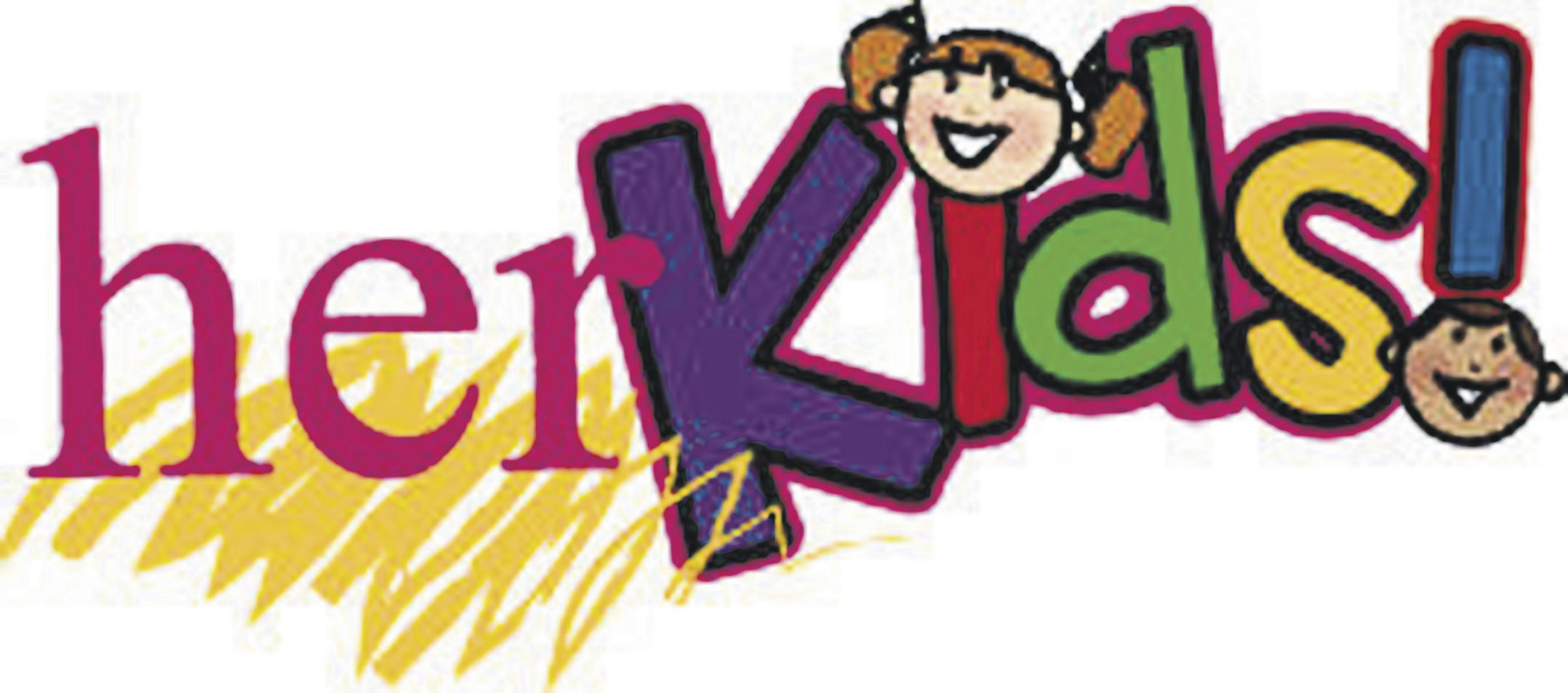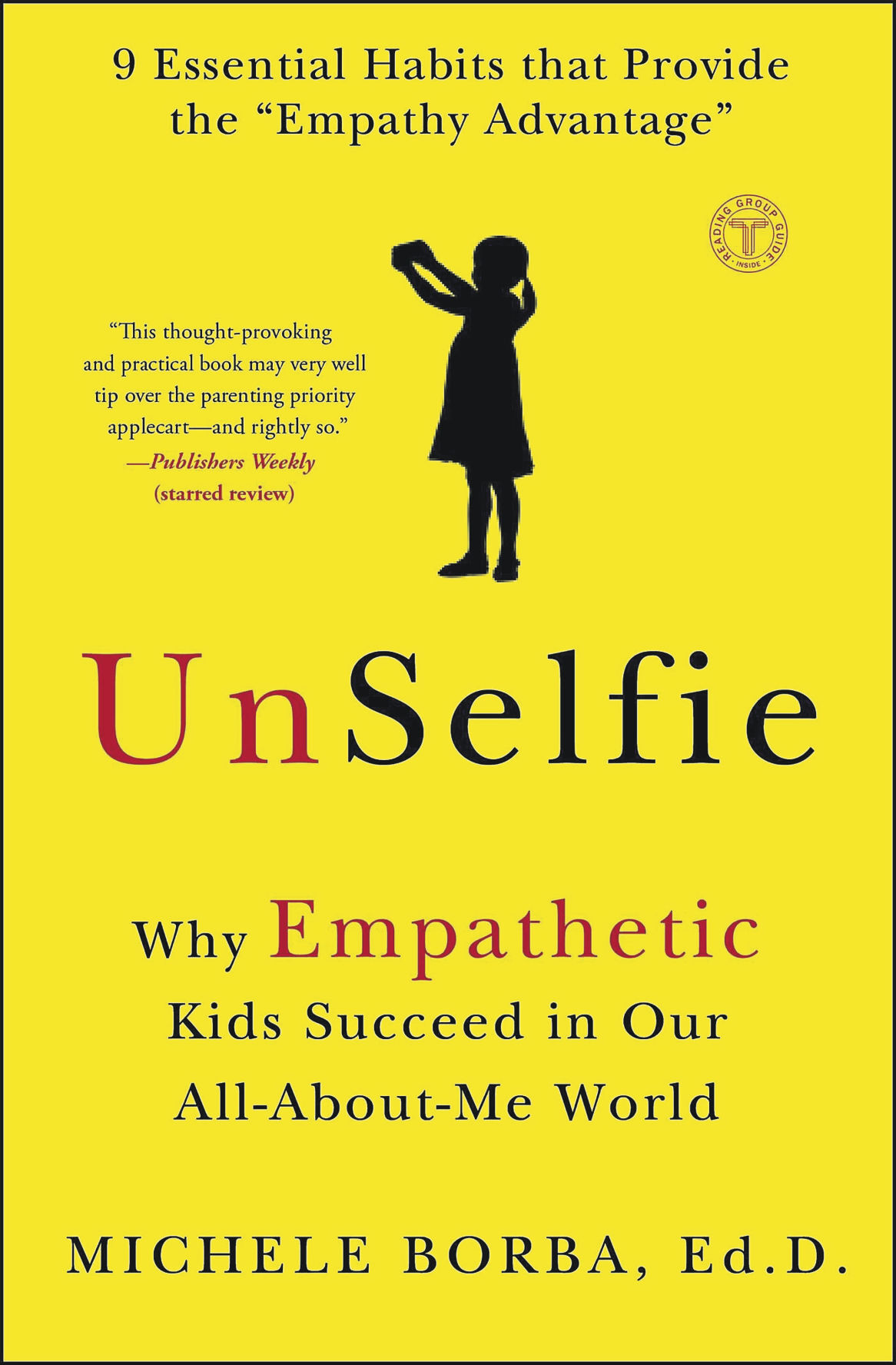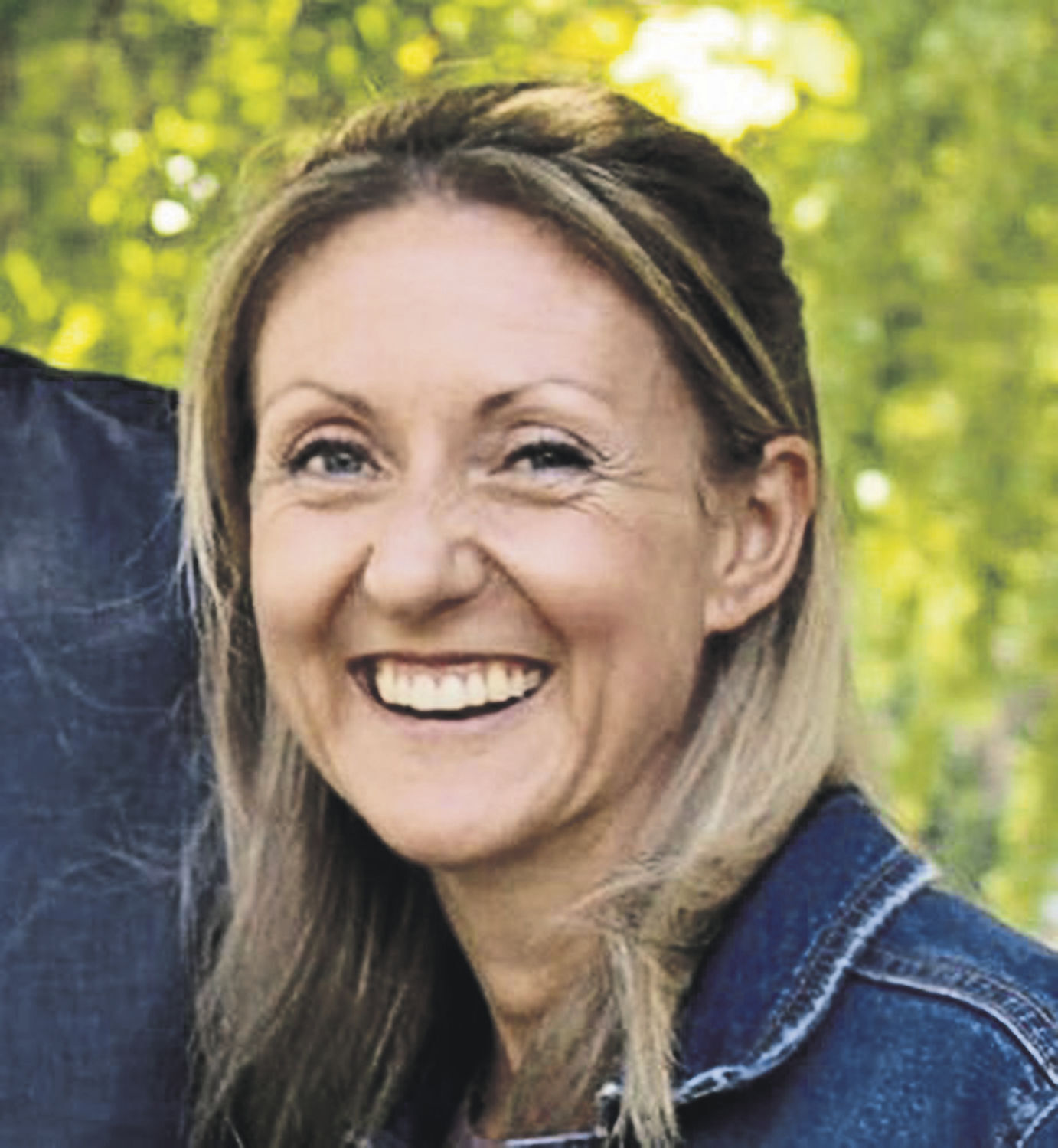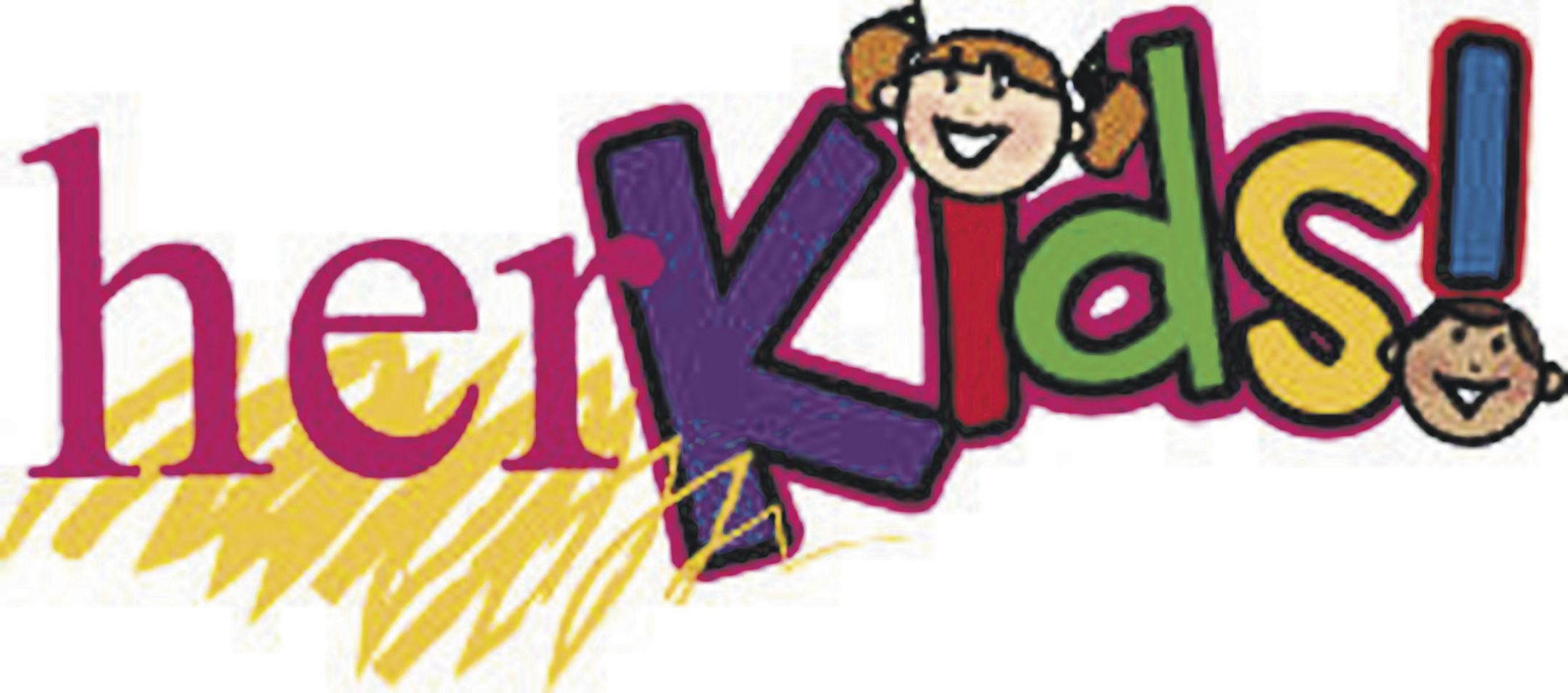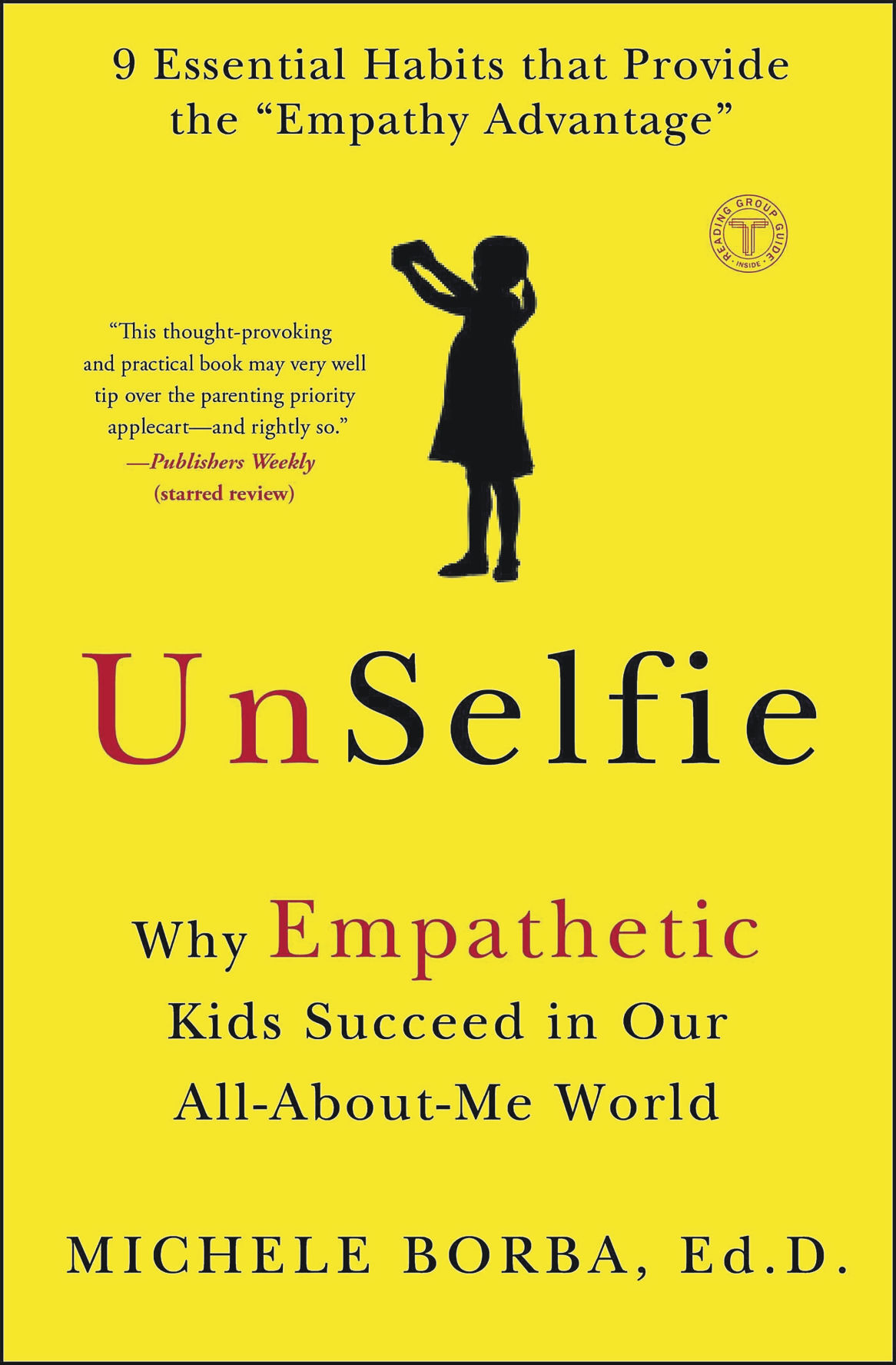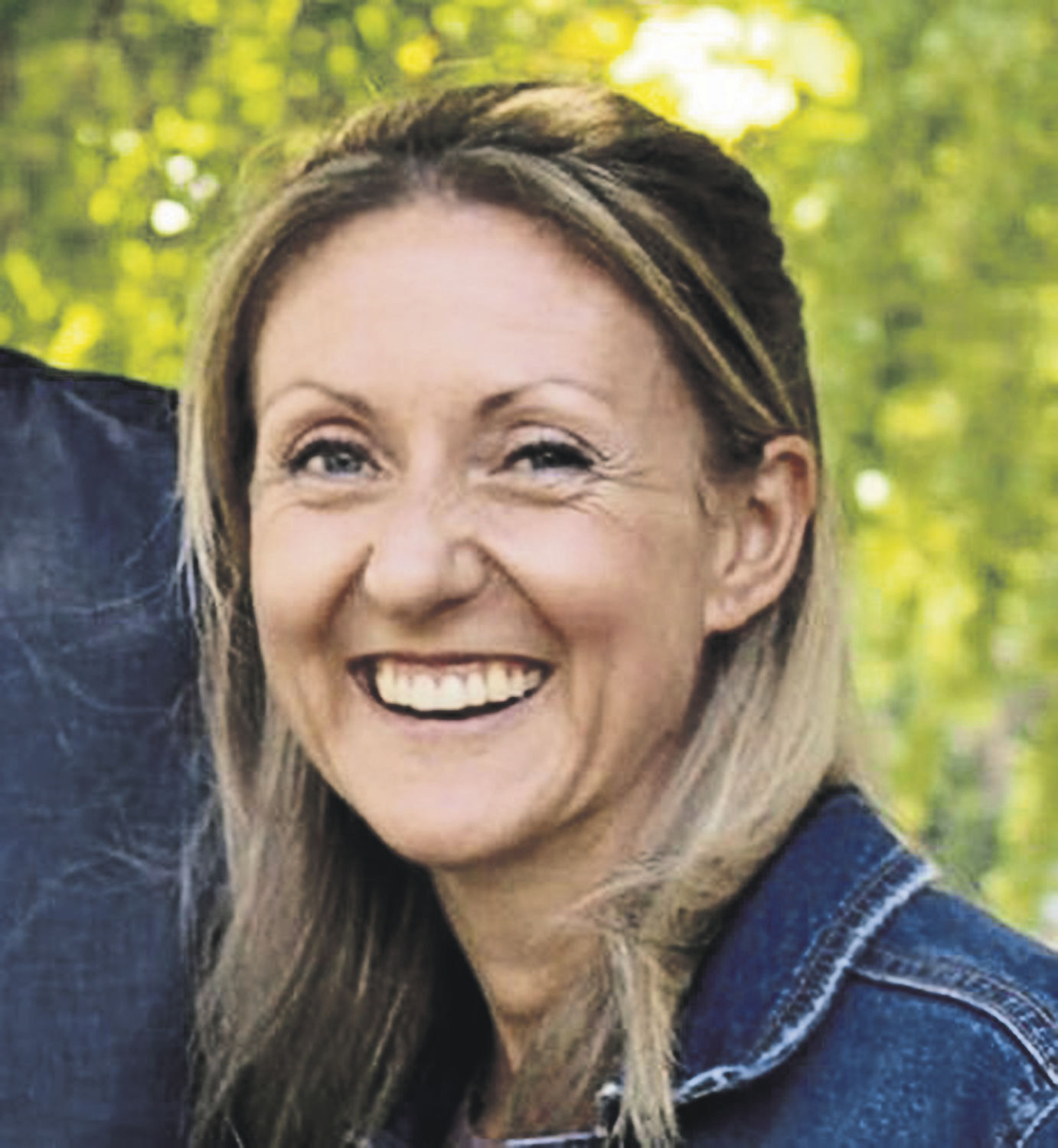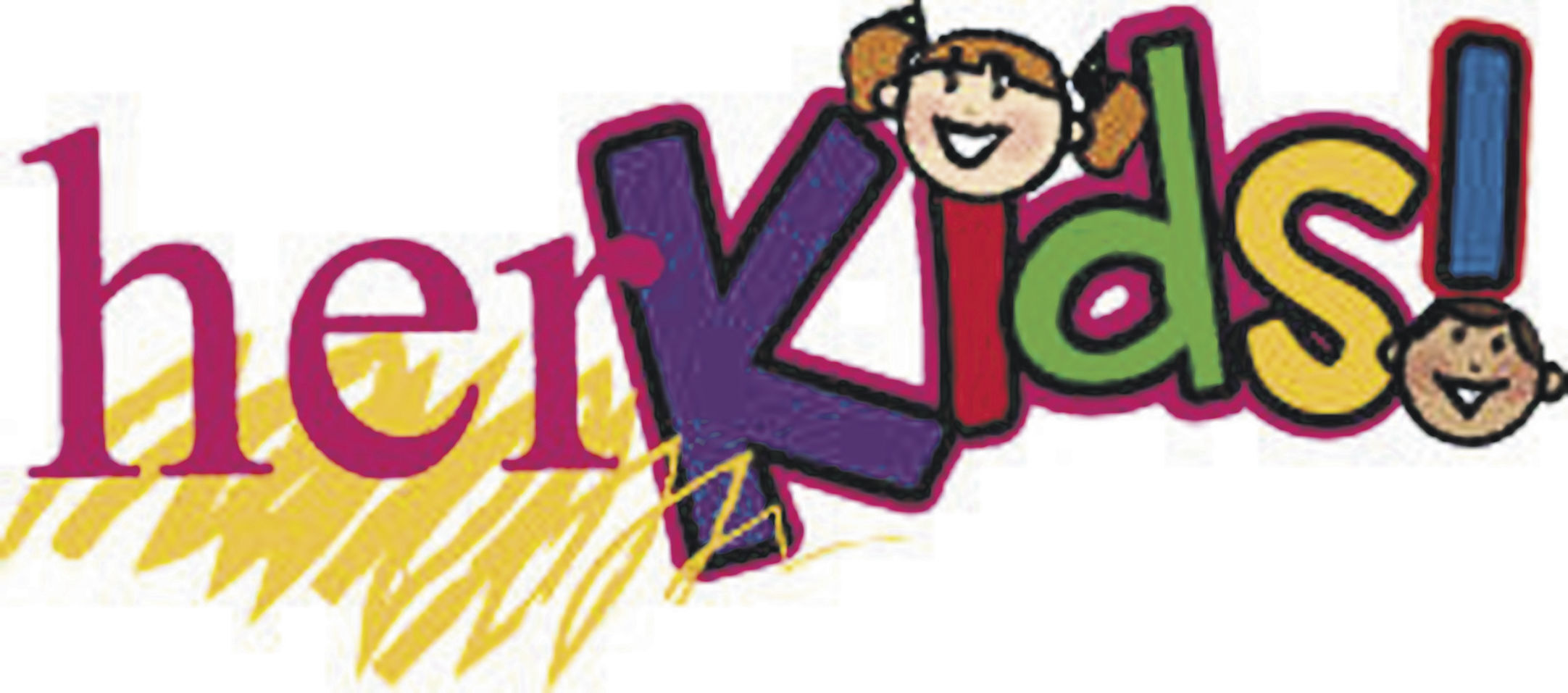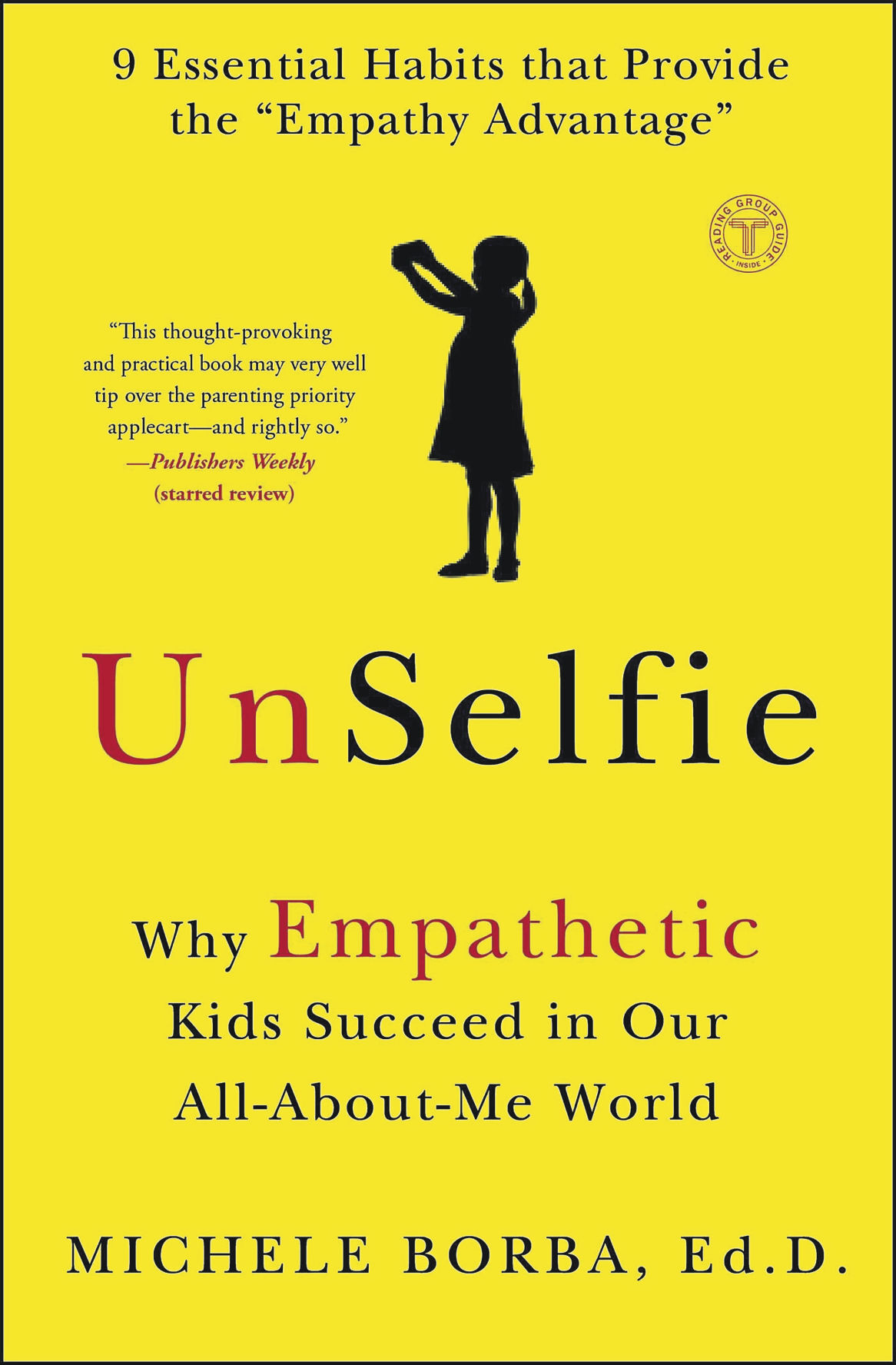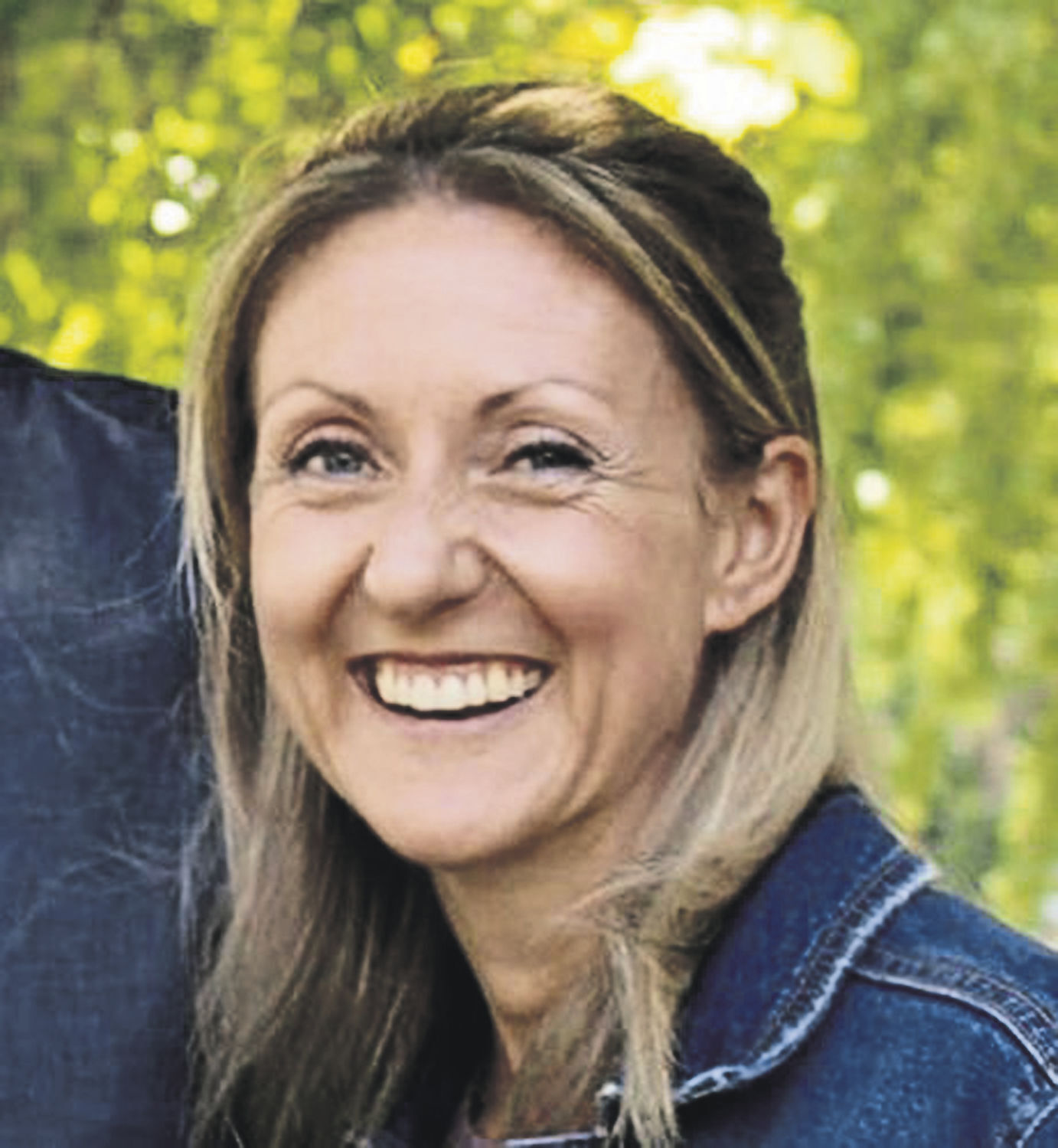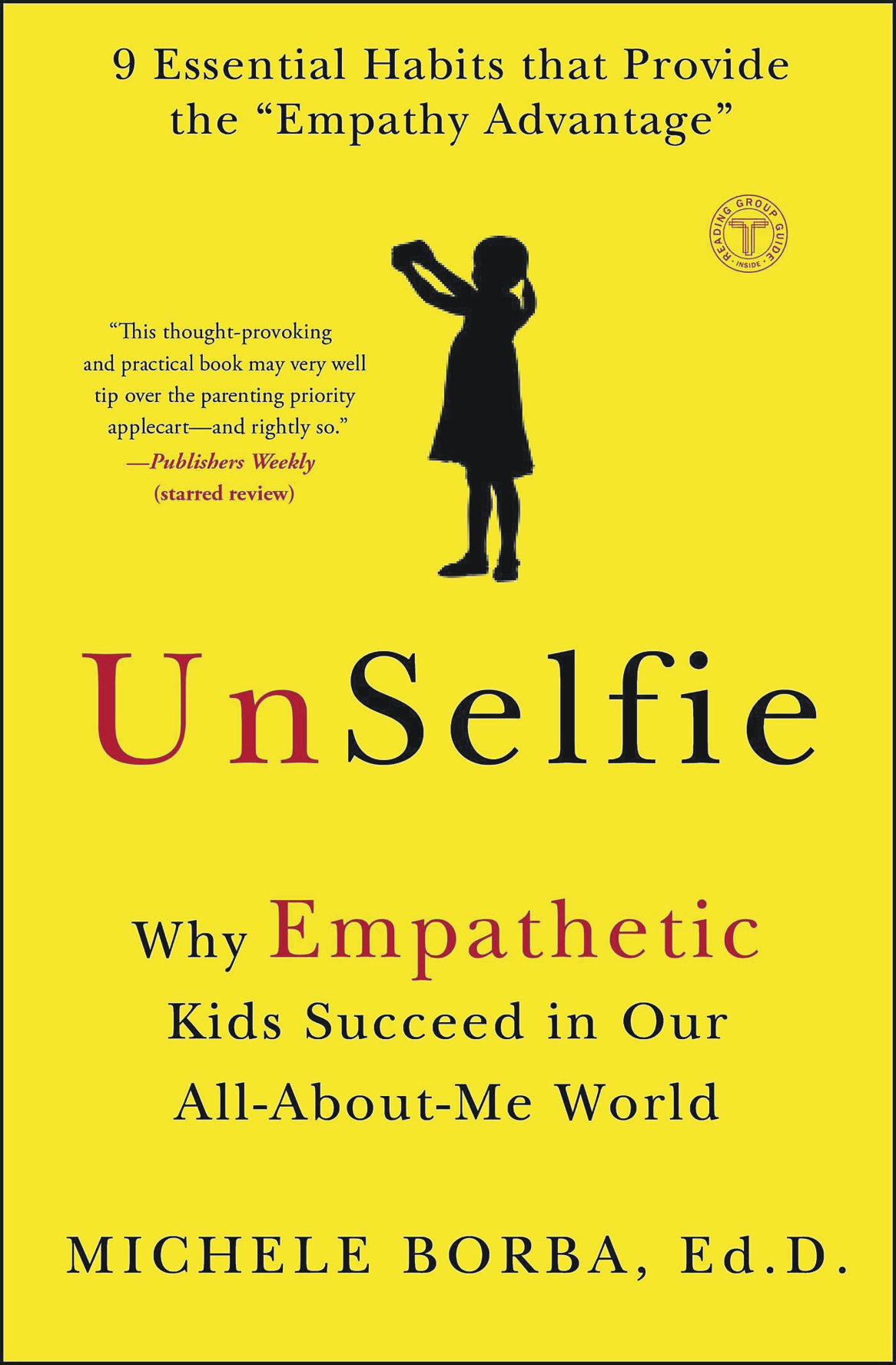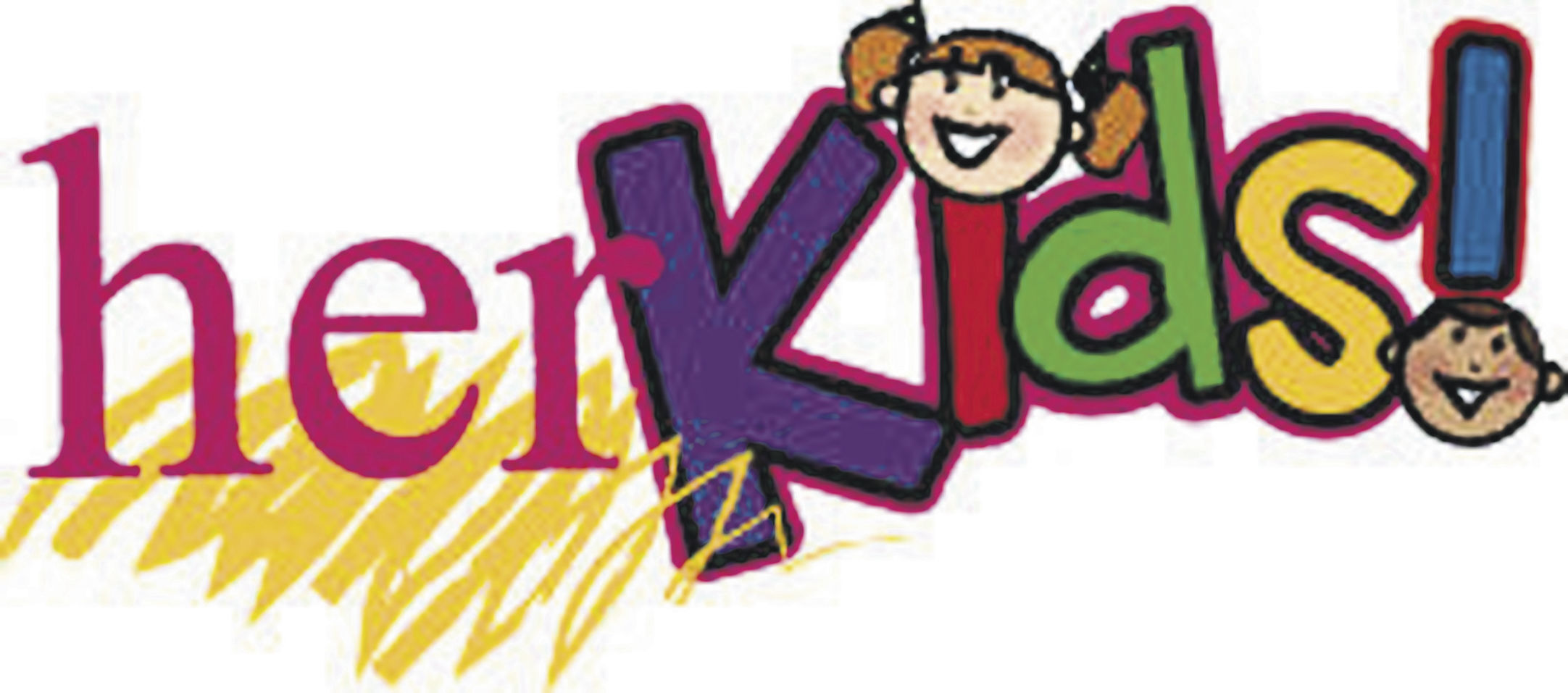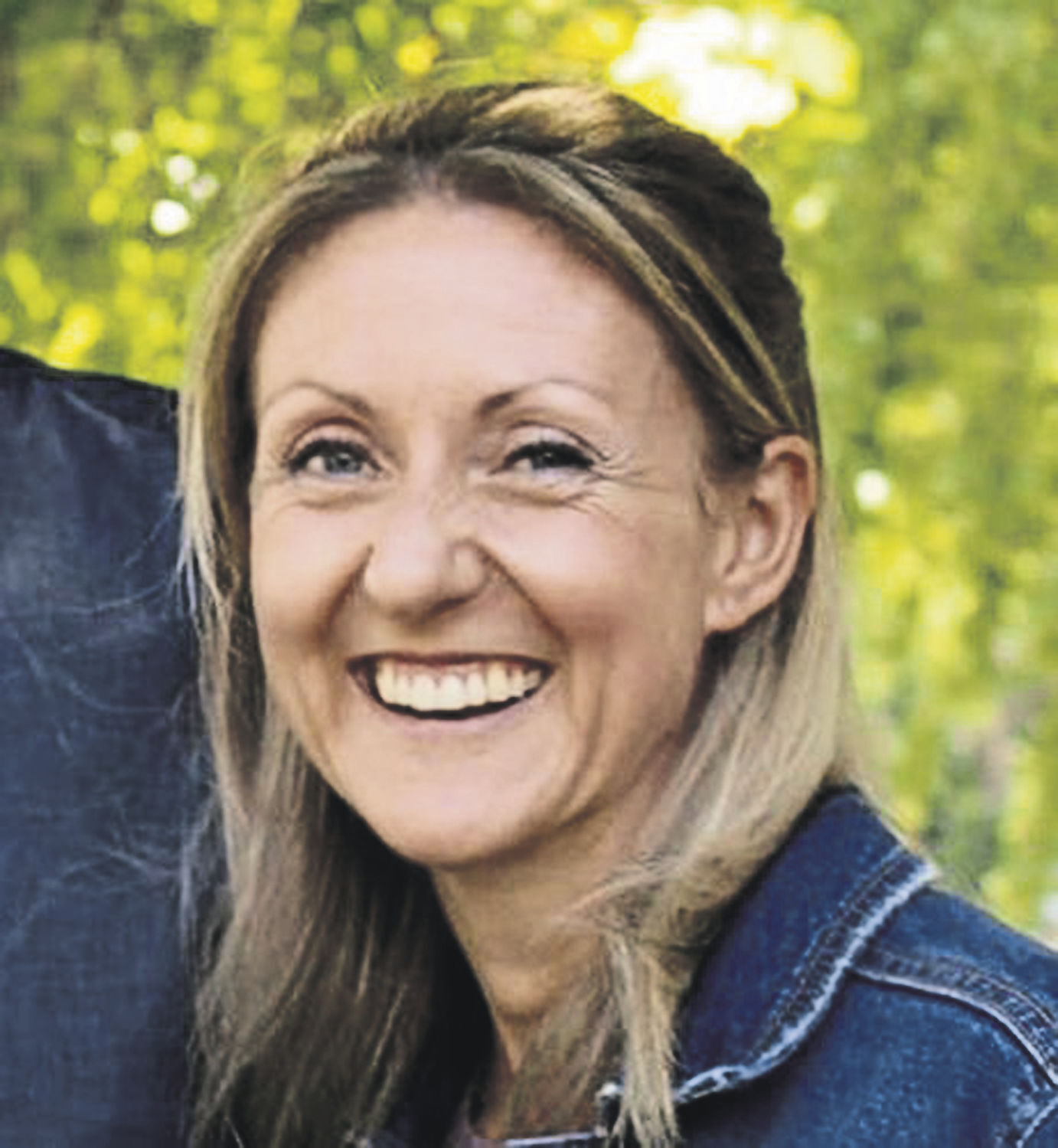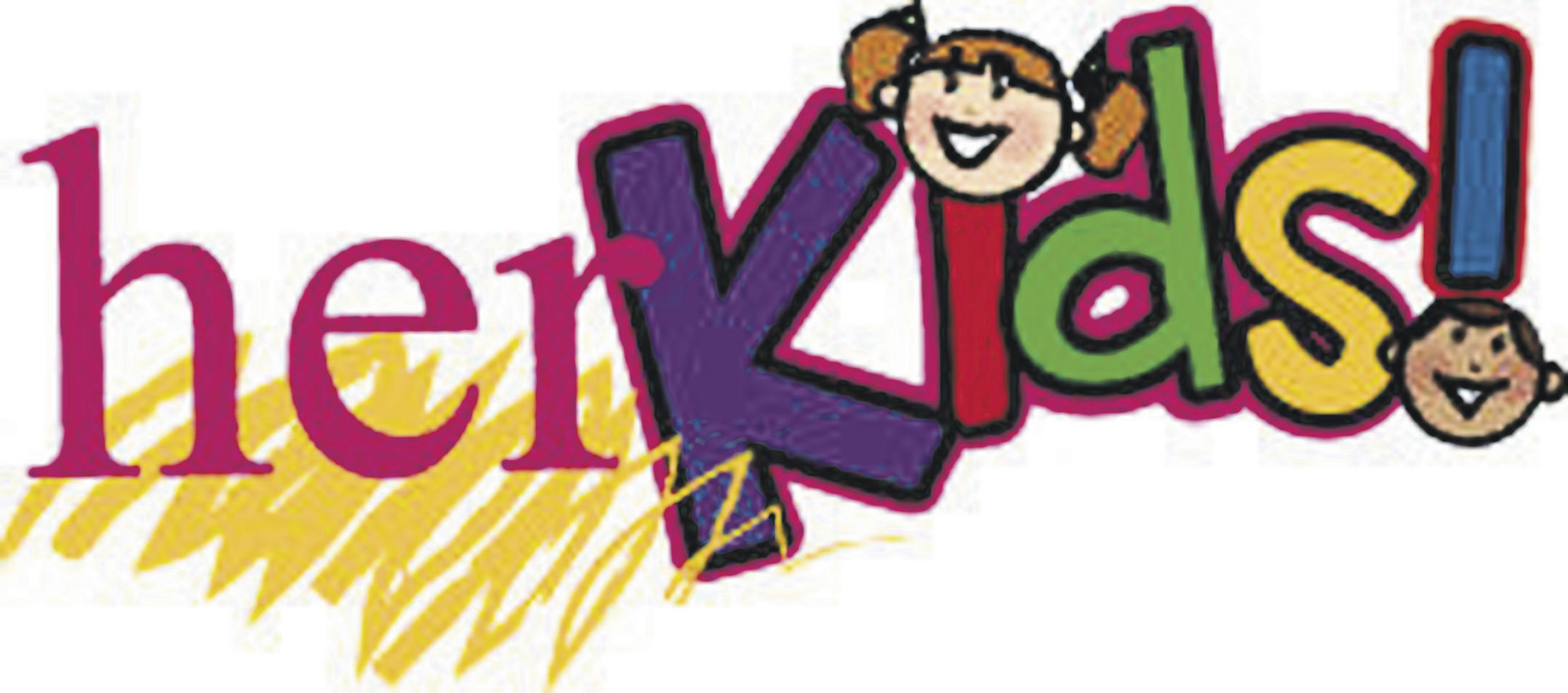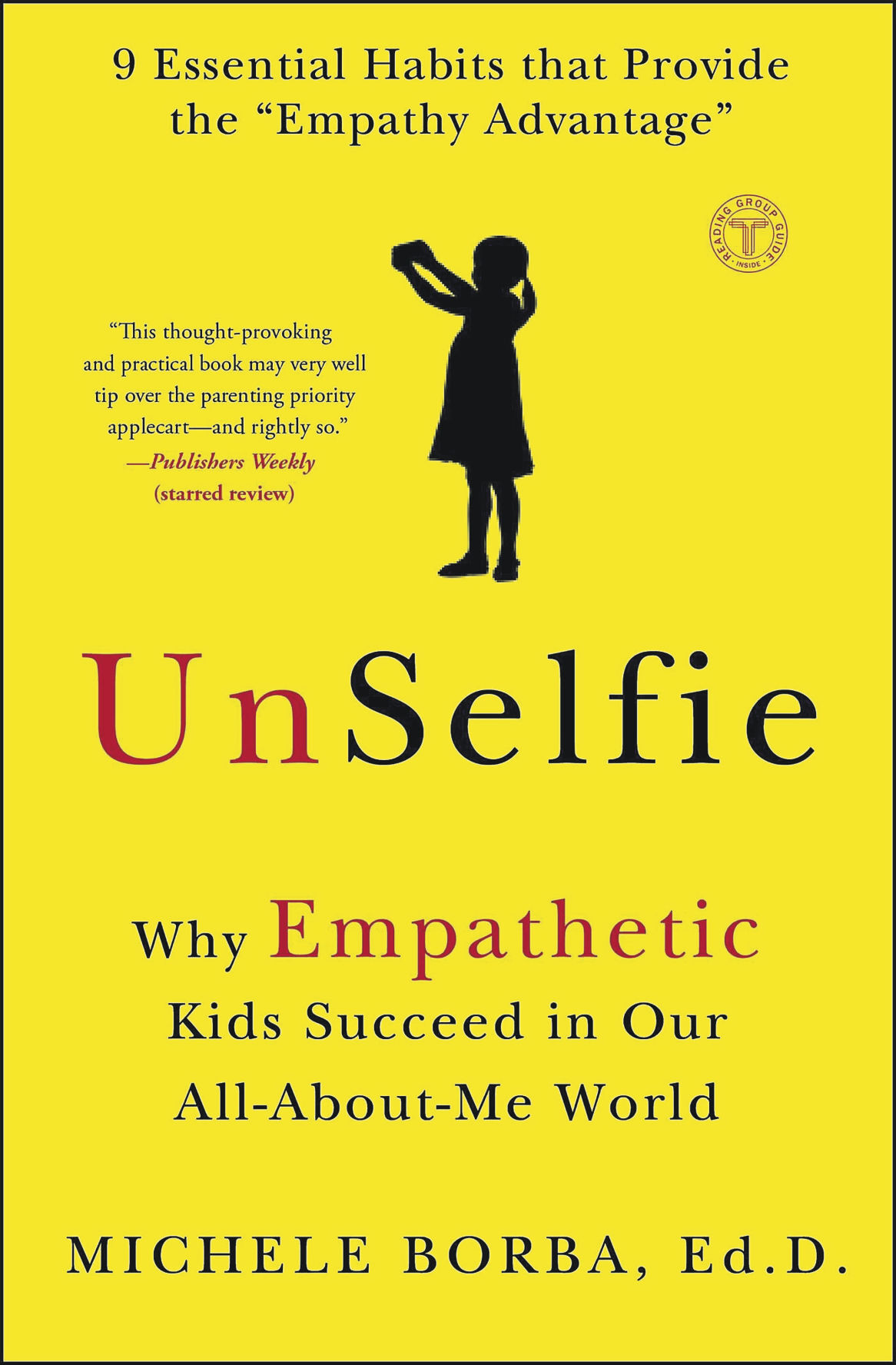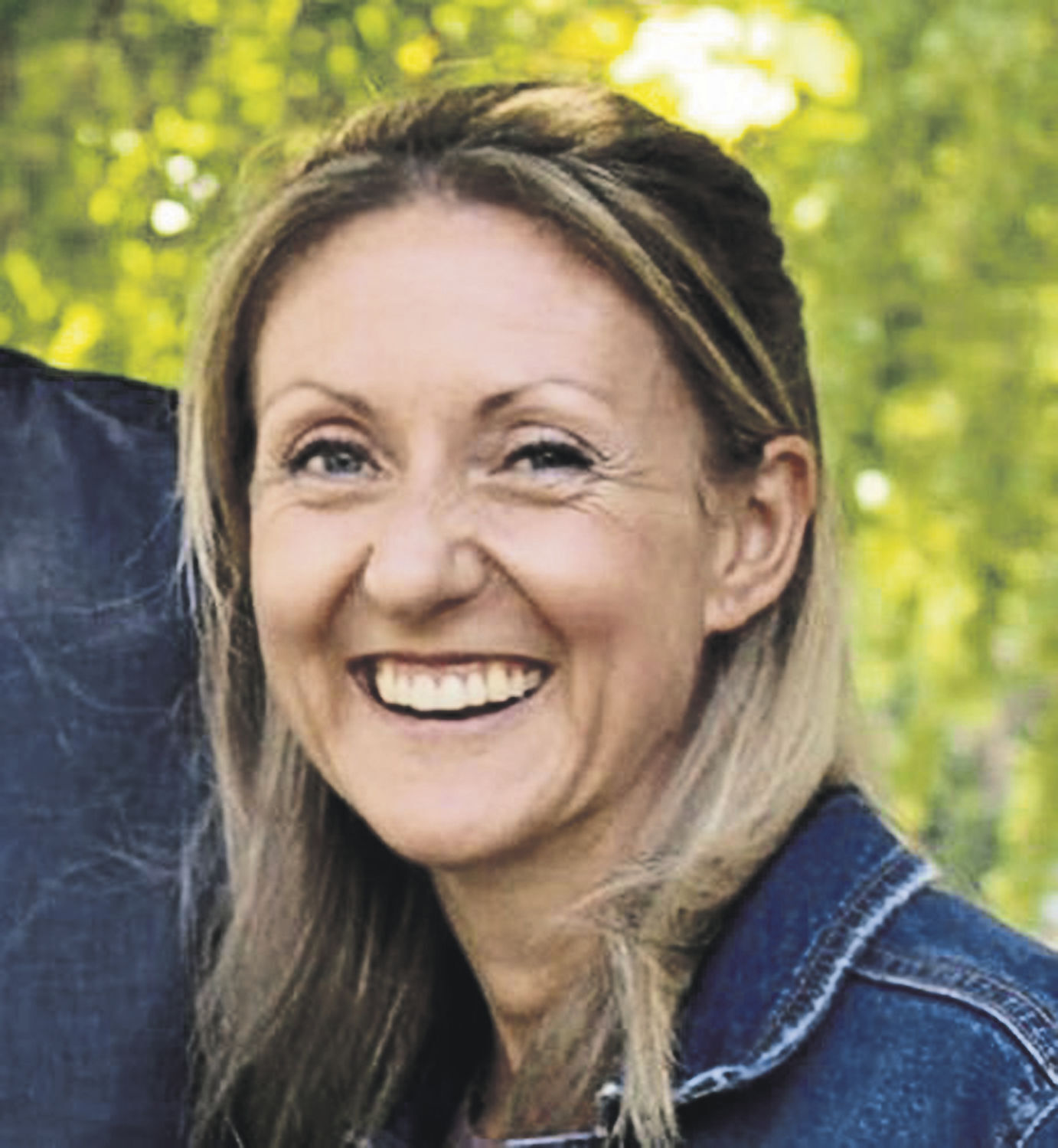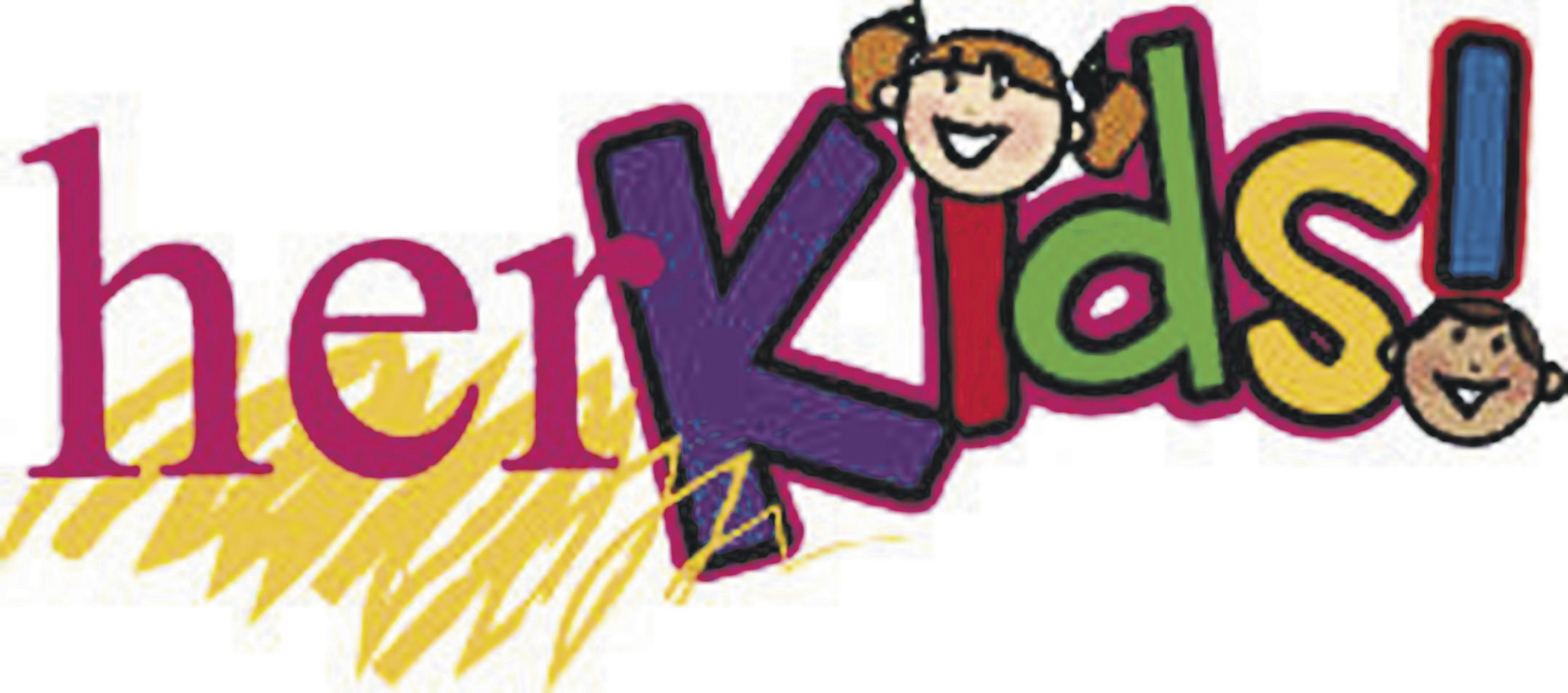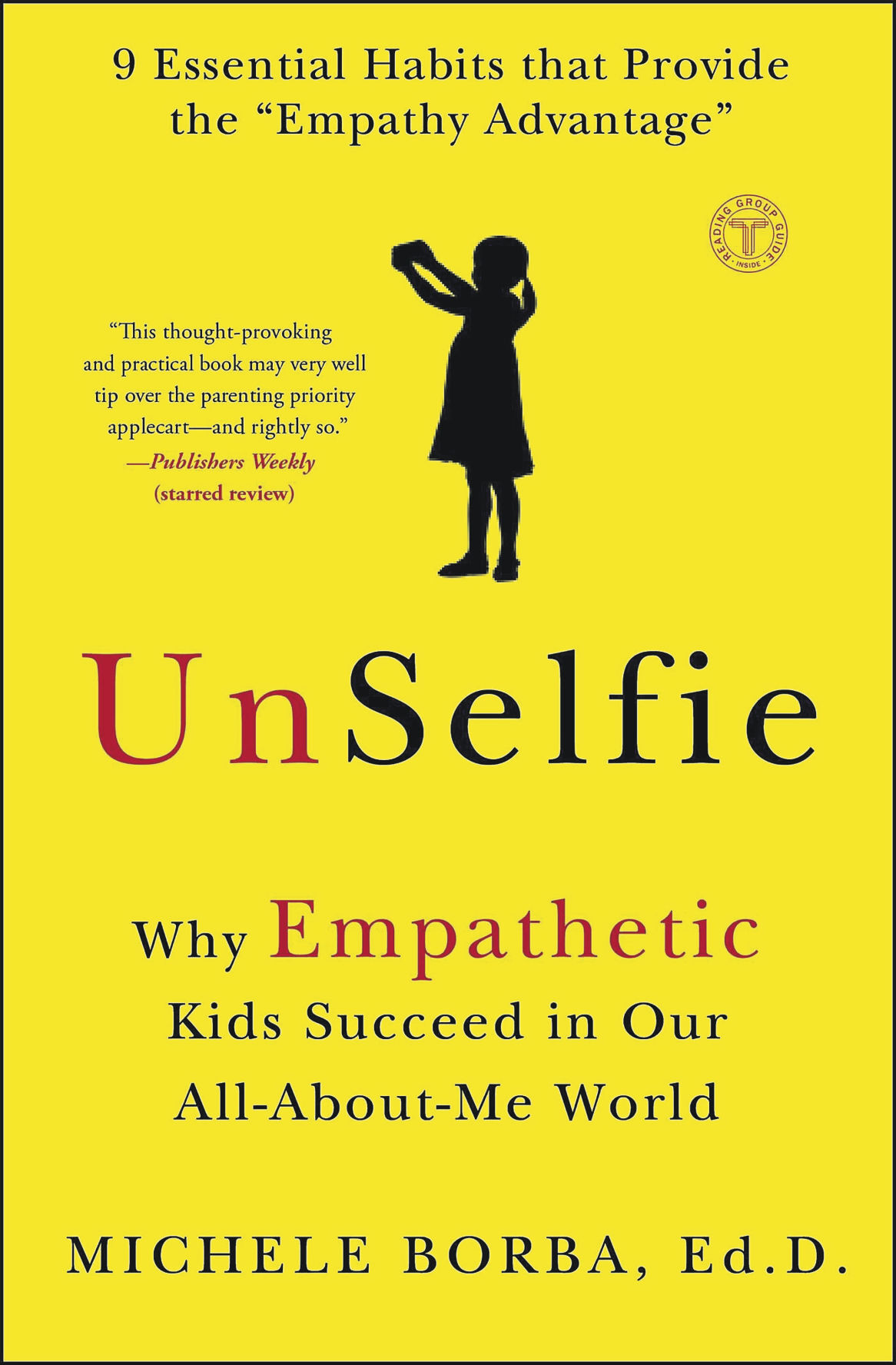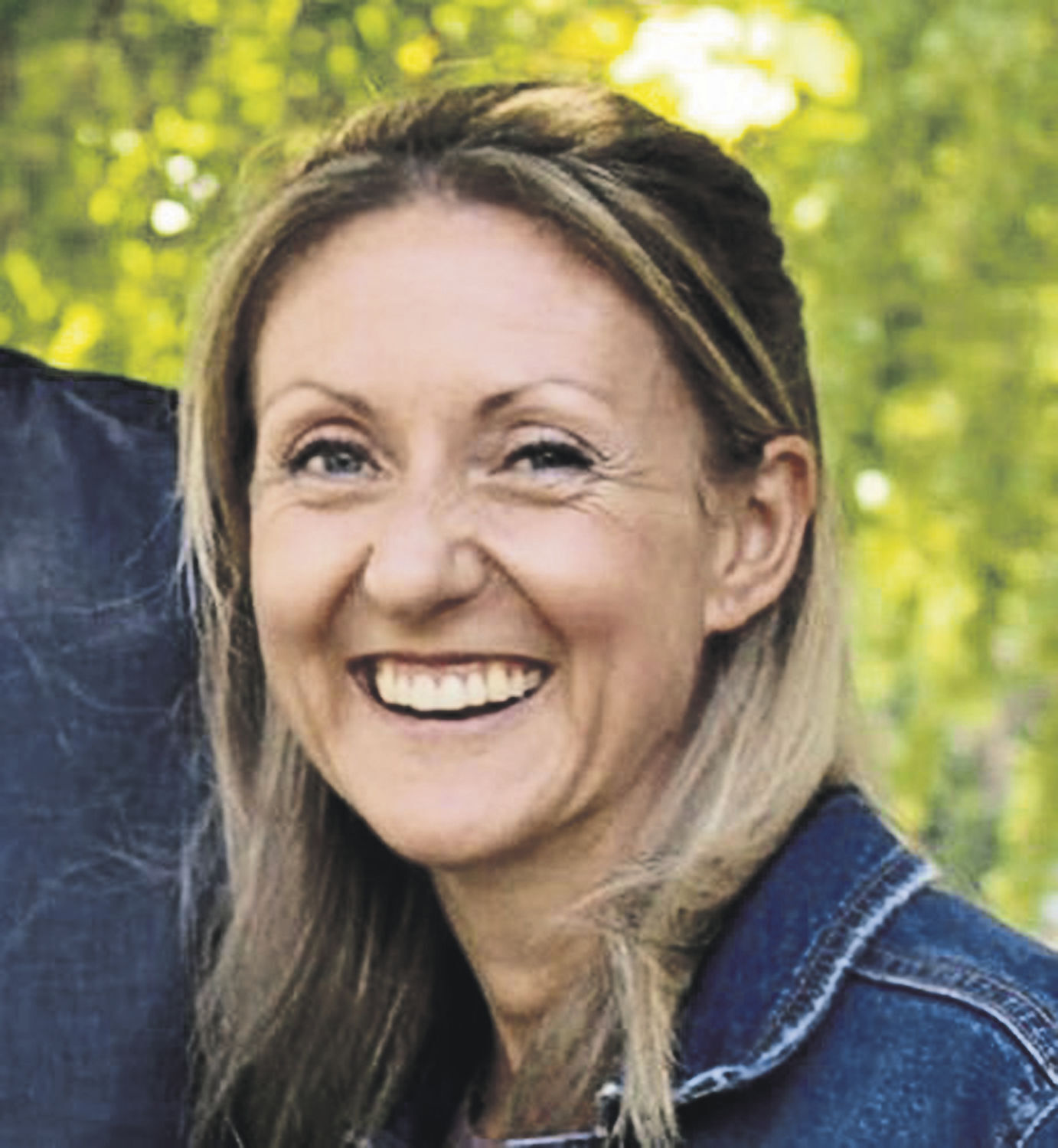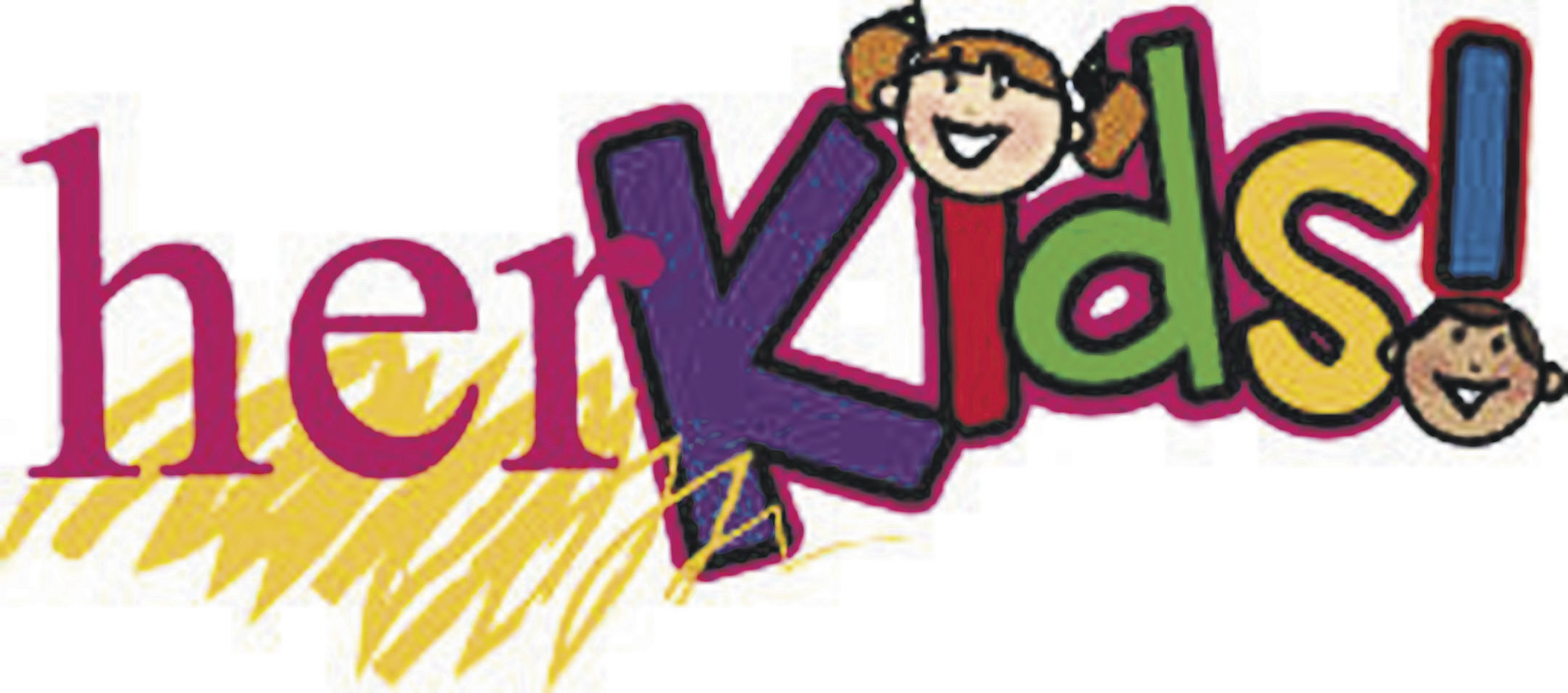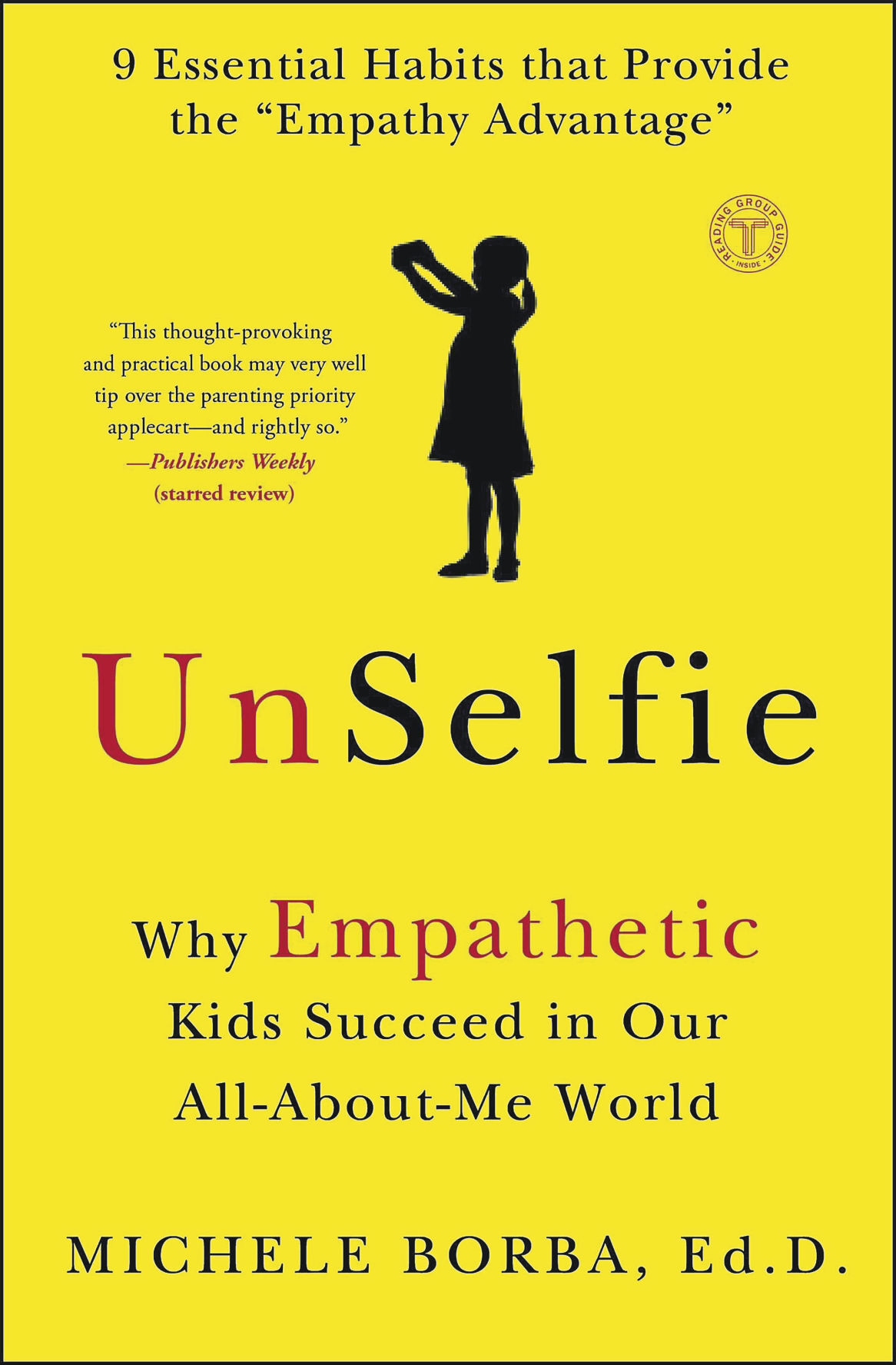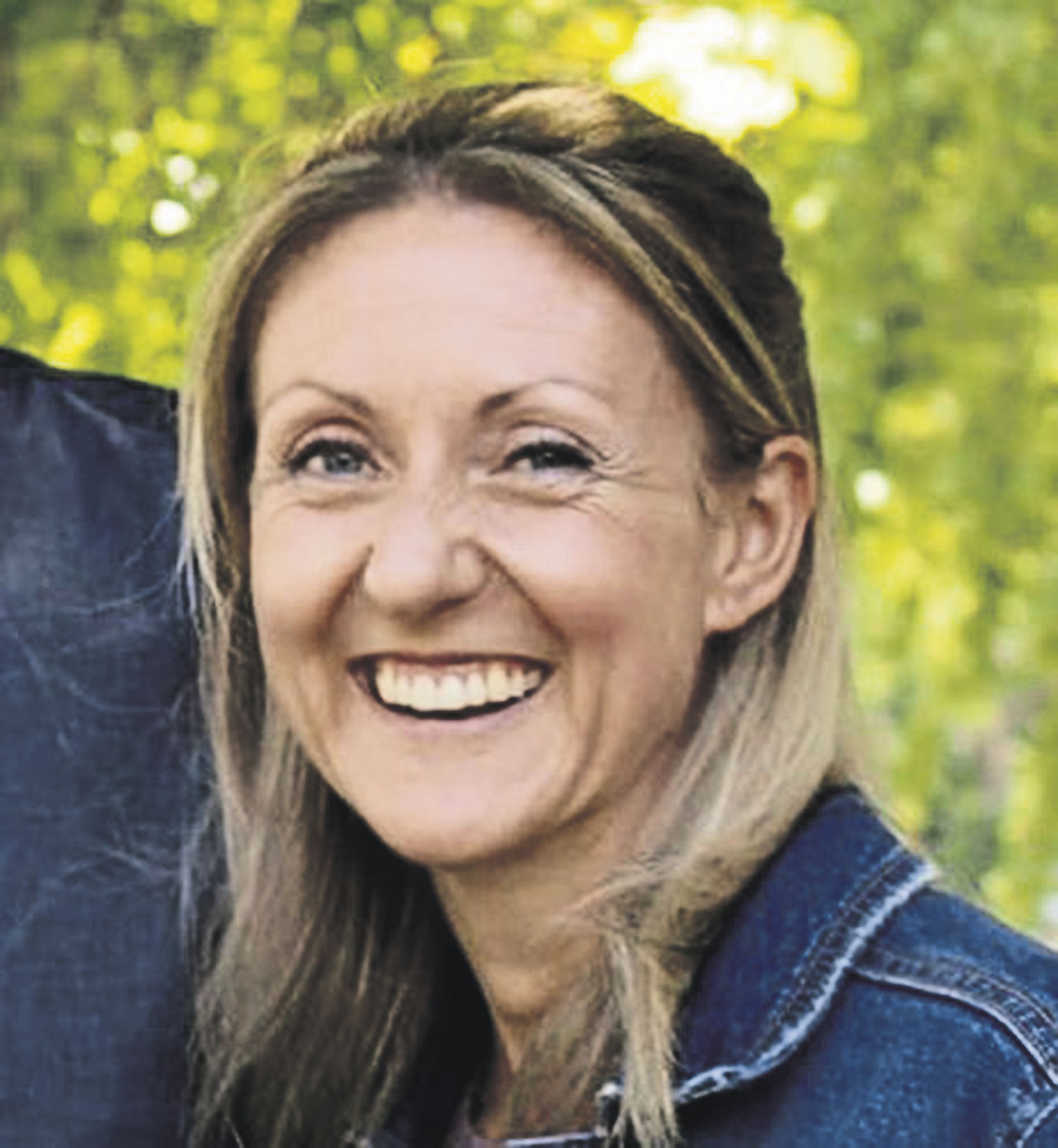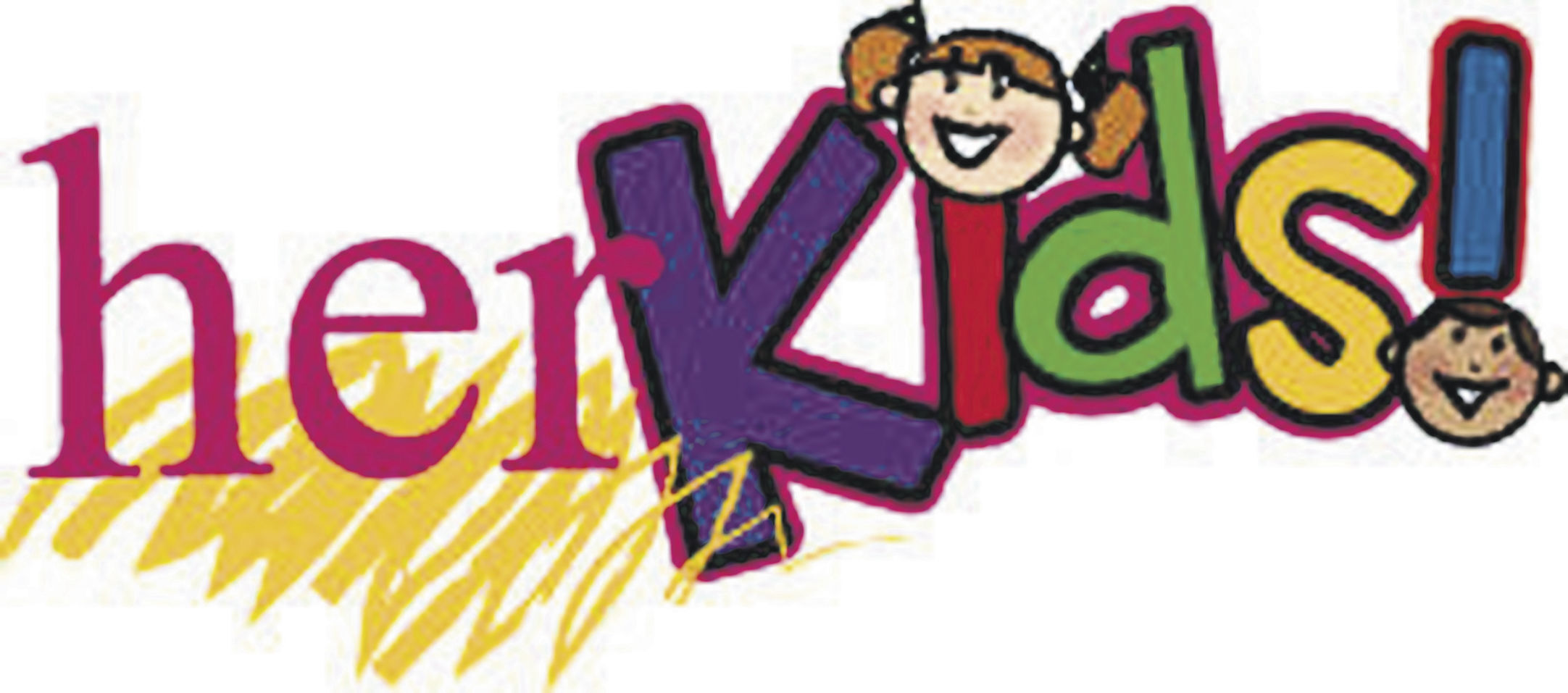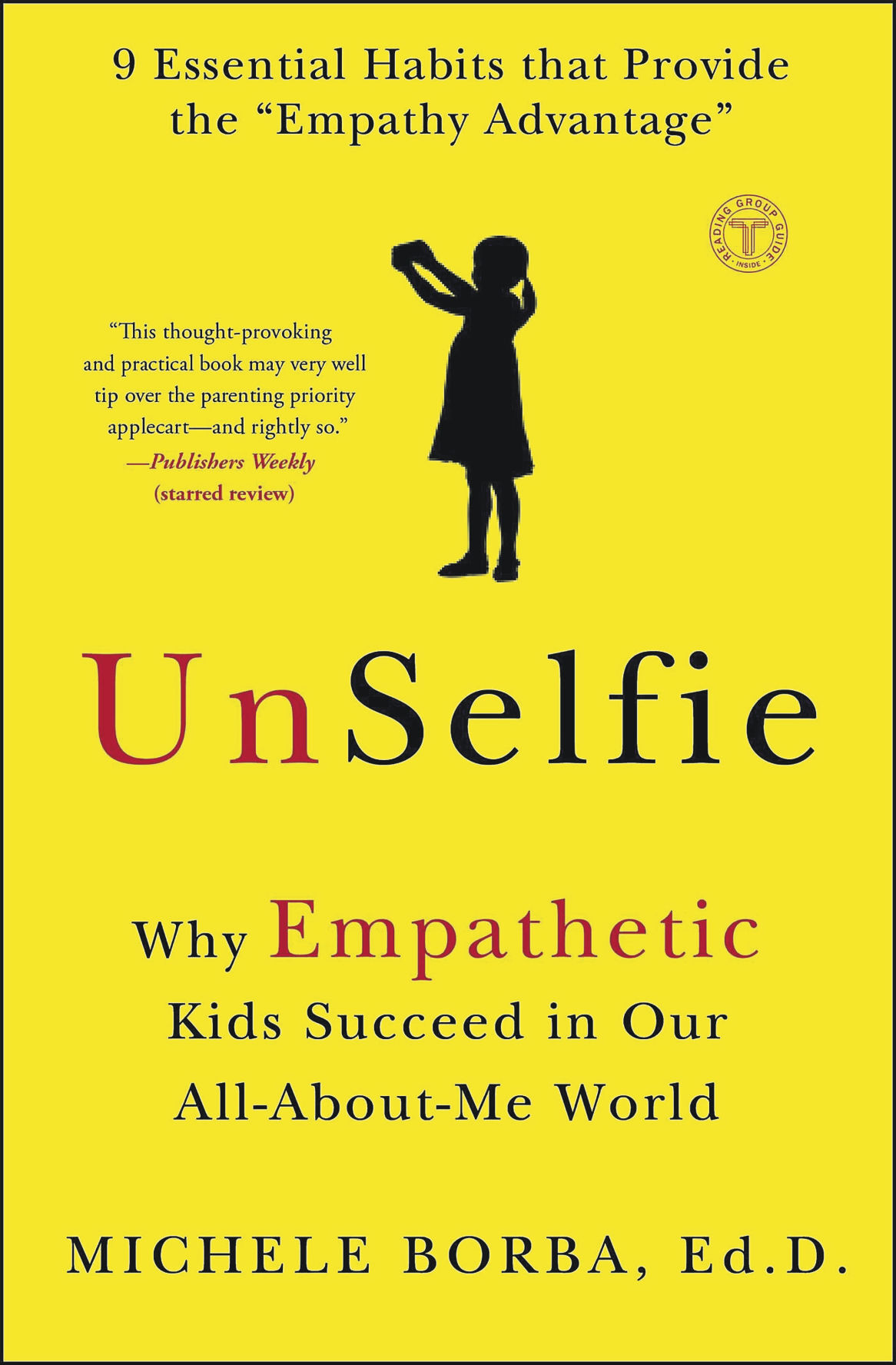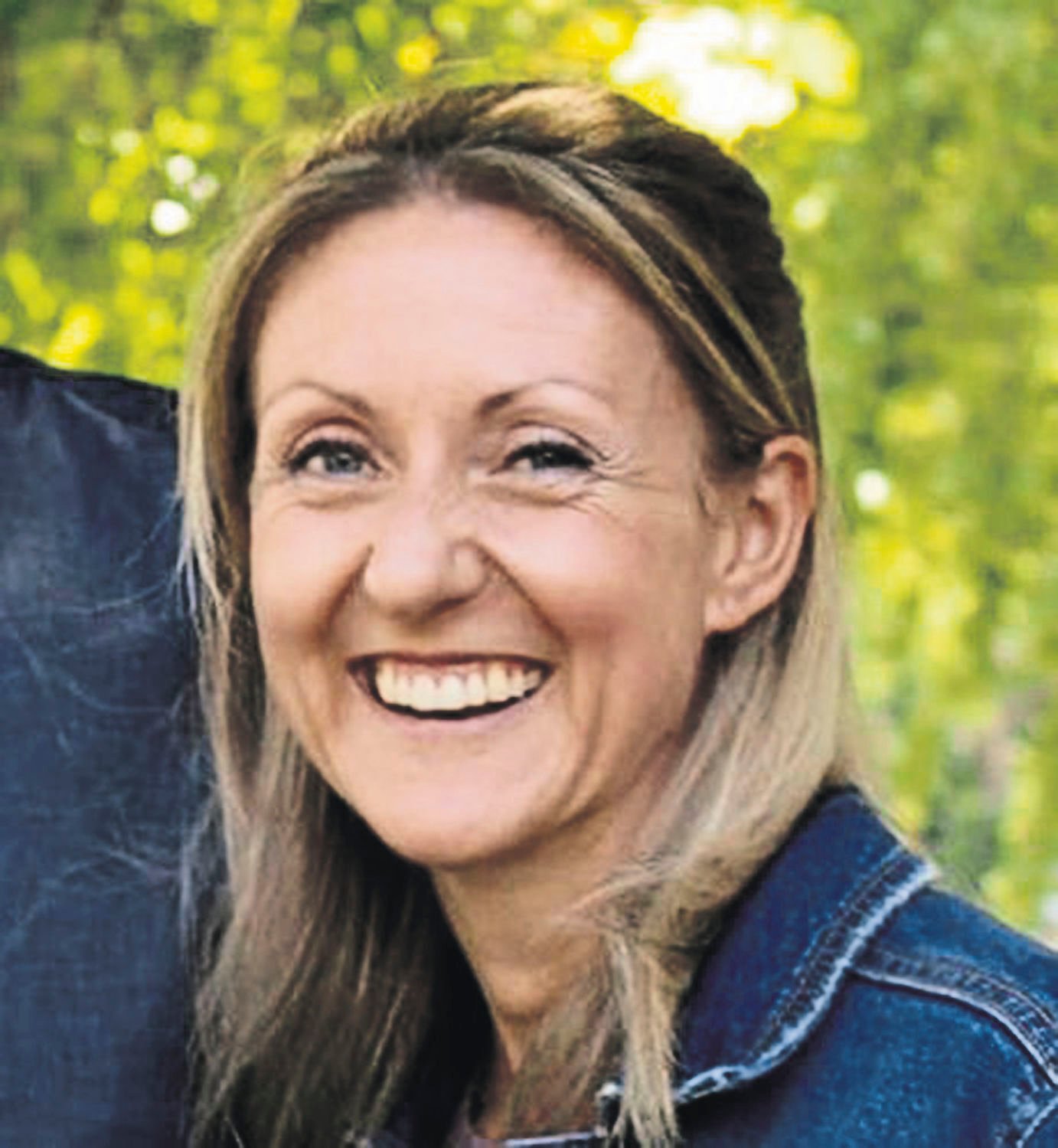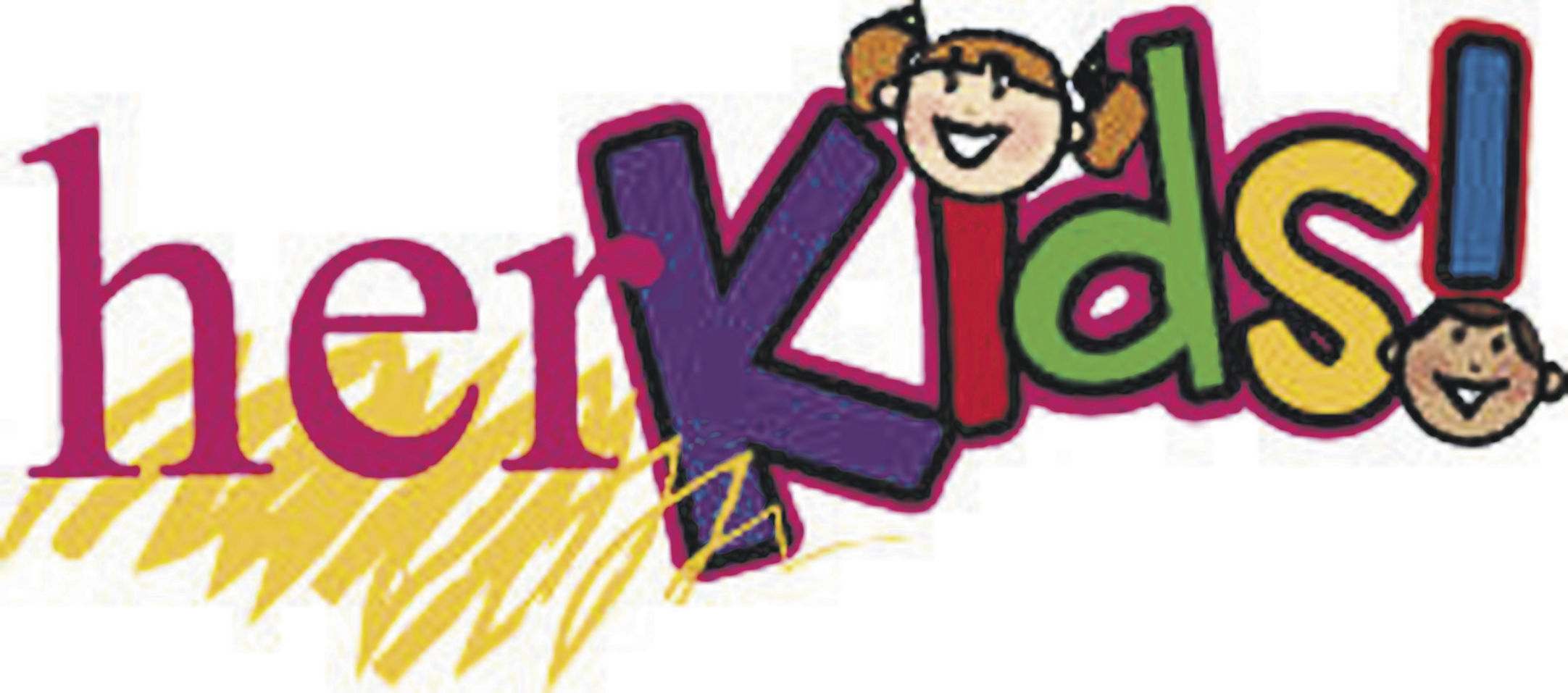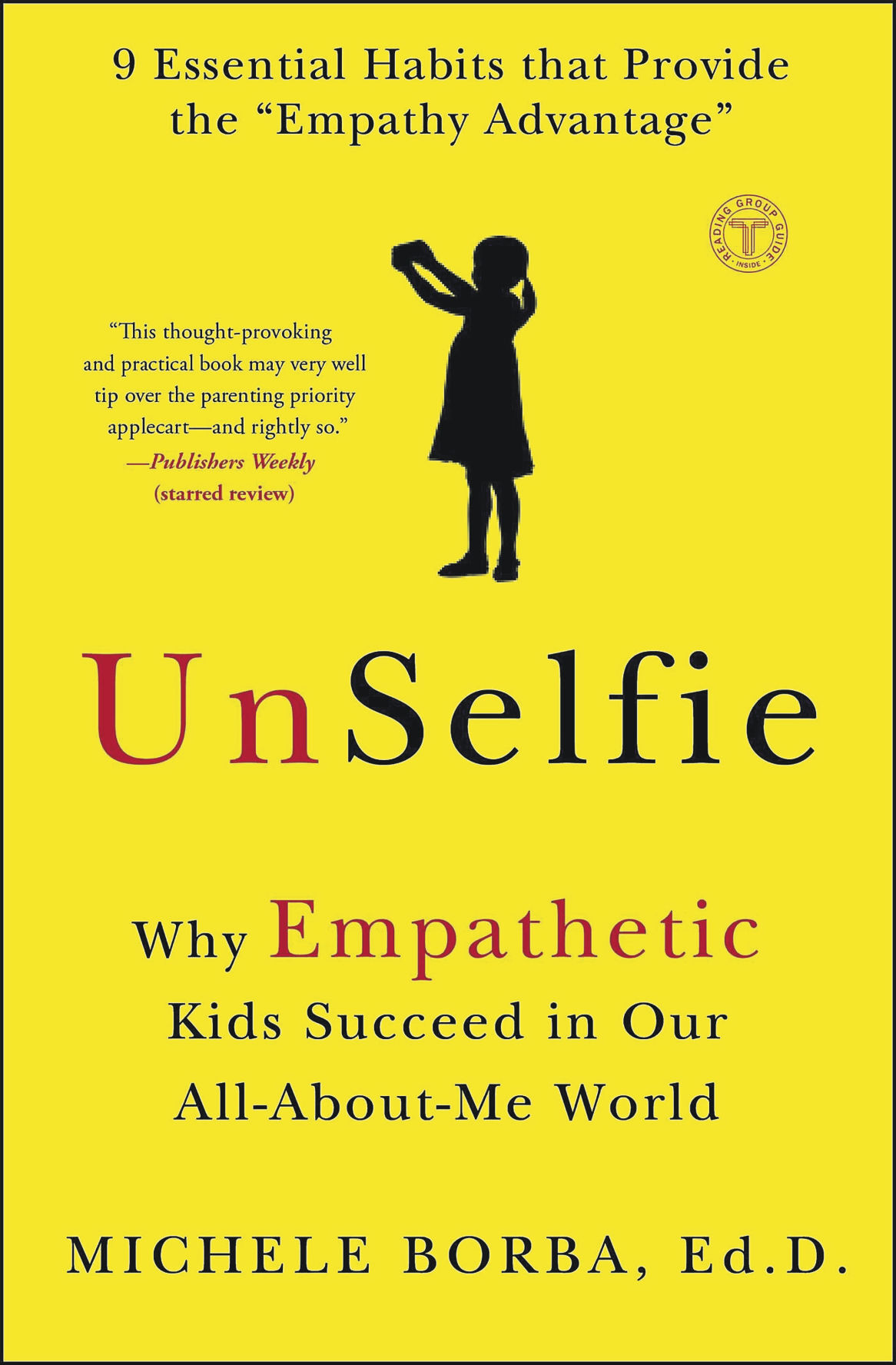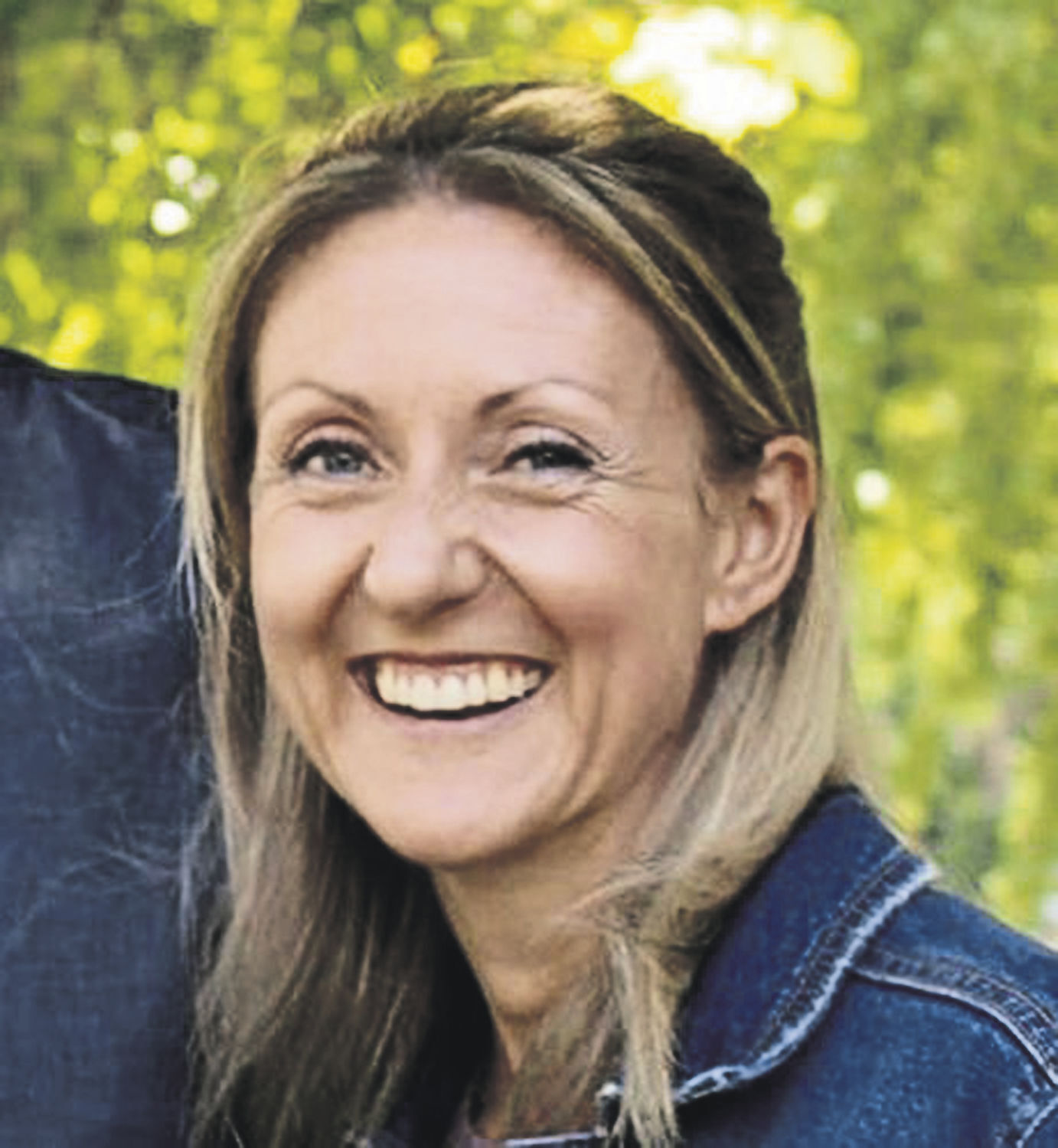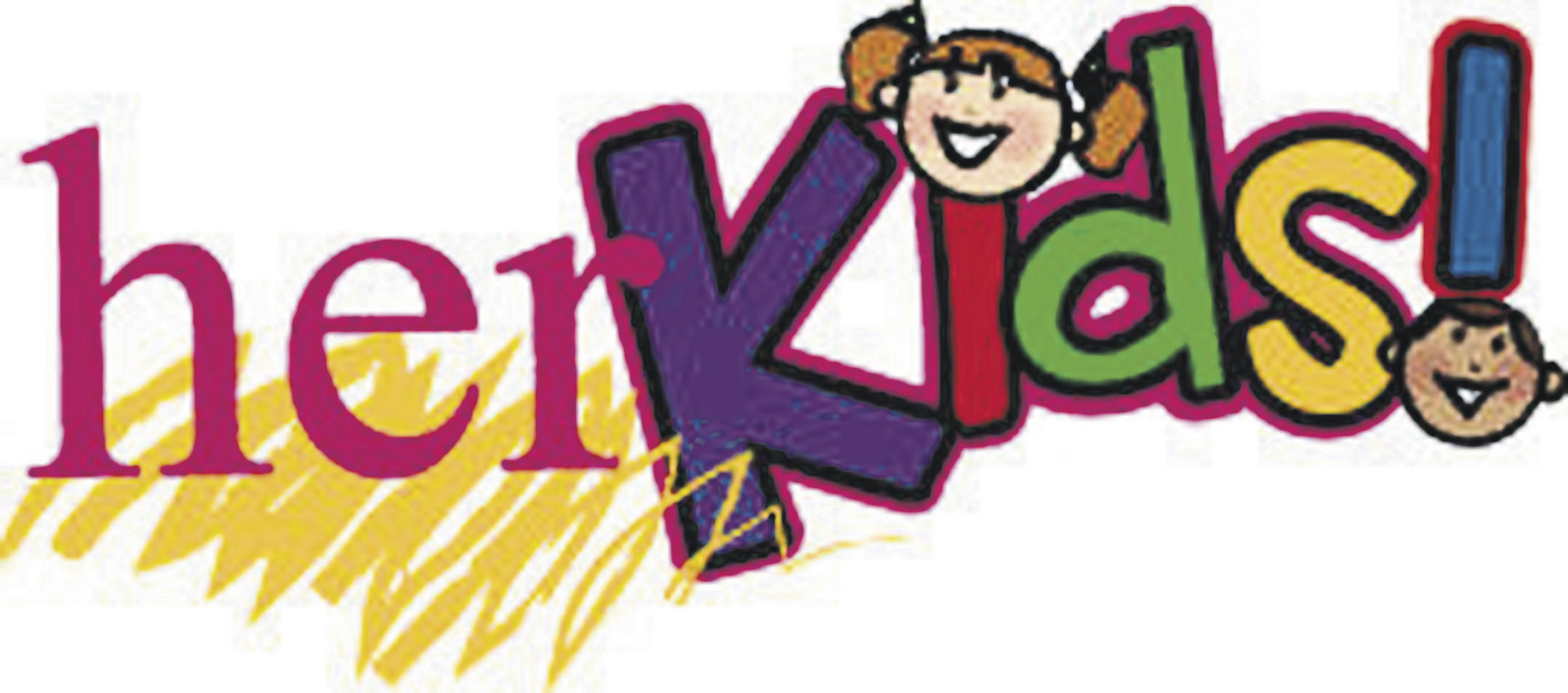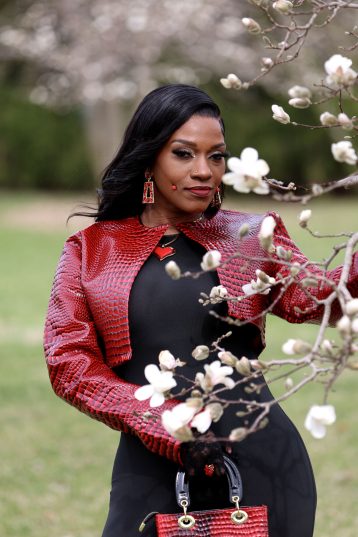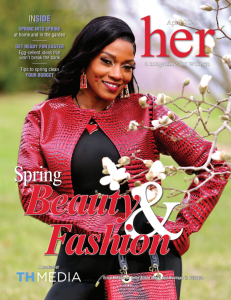In a wonderful children’s book entitled, “One,” by Kathryn Otoshi, the character Blue marches to the beat of his own drum.
Unfortunately, Red — a well-known hot head — makes it his mission to bully poor Blue. The other colors see this and feel bad for Blue, but no one is willing to stand up to Red. When Red isn’t around, the other colors are kind to Blue, but they all stay quiet when Red is in the room — even when he is being mean to Blue.
One day, a new character comes to town. His name is One. One isn’t afraid of Red. When Red tries to boss One around, One firmly stands his ground. As he tells the other colors, “If someone is mean and picks on me, I, for One, stand up and say, No.”
Feeling frustrated, Red tries his old tactic of picking on Blue, but this time, everyone stands up to Red in defense of Blue. In a rare turn of events, Red feels small and tries to roll away. Luckily, the others know what Red needs to feel better, and they invite him to join their friendly group. The book ends with the loving reminder that, “Sometimes it just takes ONE.”
Otoshi’s book is a beautiful reminder of the power of being an upstander. An upstander is defined as “a person who speaks or acts in support of an individual, particularly someone who intervenes on behalf of a person being attacked or bullied.” They stand out because an upstander not only abstains from bullying, they actively seek to befriend those who have been the victims of a bully.
In an era that understands the importance of putting an end to bullying, the upstander has begun to take center stage. When we hear stories of those who have stood up to support the underdog, we cheer and view that individual as a hero. But being an upstander takes a lot of bravery and effort. Fortunately, anyone can learn to be an upstander.
In her book, “Unselfie: Why Empathetic Kids Succeed in Our All-About-Me World,” Michele Borba emphasizes the importance of instilling moral courage in our children, and she gives step-by-step instructions to help adults instill in children this integral skill. She uses the acronym, “STAND UP,” to teach children how they can help others.
Here is her advice:
S = Seek support. Look for a friend to be an upstander with you. Start off by saying, “That’s mean!” Or “ C’mon! Let’s help!”
T = Tell a trusted adult. Whenever bullying is taking place, tell children that it’s good to get an adult involved. Feelings are being hurt, so this is an instance of reporting rather than tattling.
A = Assist the victim. The best way to do this is to stand close to the victim and empathize with them. You don’t necessarily have to stand up to the bully — what the victim needs right now is a friend.
N = Negate with a positive view. Refute anything negative that is said with a positive truth. “I was there, and what really happened was……” or “I know _____ and ______ about you.”
D = Design a detour. Bullies thrive on having an audience around, so try to encourage as many people to leave the scene as possible. “C’mon! Let’s go!” If you can’t get others to leave, make an exit yourself.
U = Use a distraction. Point out other places any bystanders should be. “Class is about to start” or “Shouldn’t we all be watching the volleyball game?” You also can remind those involved of the possible negative consequences. “Don’t you know you could get in trouble for this?”
P = Pause and rethink. Encourage empathy in others. “How would you feel if that was you?”
While the acronym helps give children guidelines to becoming an upstander, Borba reminds parents that the first and foremost step is to remind children to keep their cool before entering a tough situation. To do this, she encourages deep breathing.
“The fastest way to reduce stress is deep breathing, because it gets oxygen to your brain and creates an instant relaxation response,” she councels parents. “So teach your child that the second he feels stressed to breathe in for two counts, hold for three counts, breathe out four counts, and then start again.”
When your child feels ready, it’s time to enter the arena and help make the world a better place.
Melissa Hyde has a masters in education from Pepperdine University in Los Angeles and more than 10 years experience teaching elementary education. She works for Challenge to Change in Dubuque, teaching children social emotional regulation skills through the practices of yoga and mindfulness.


